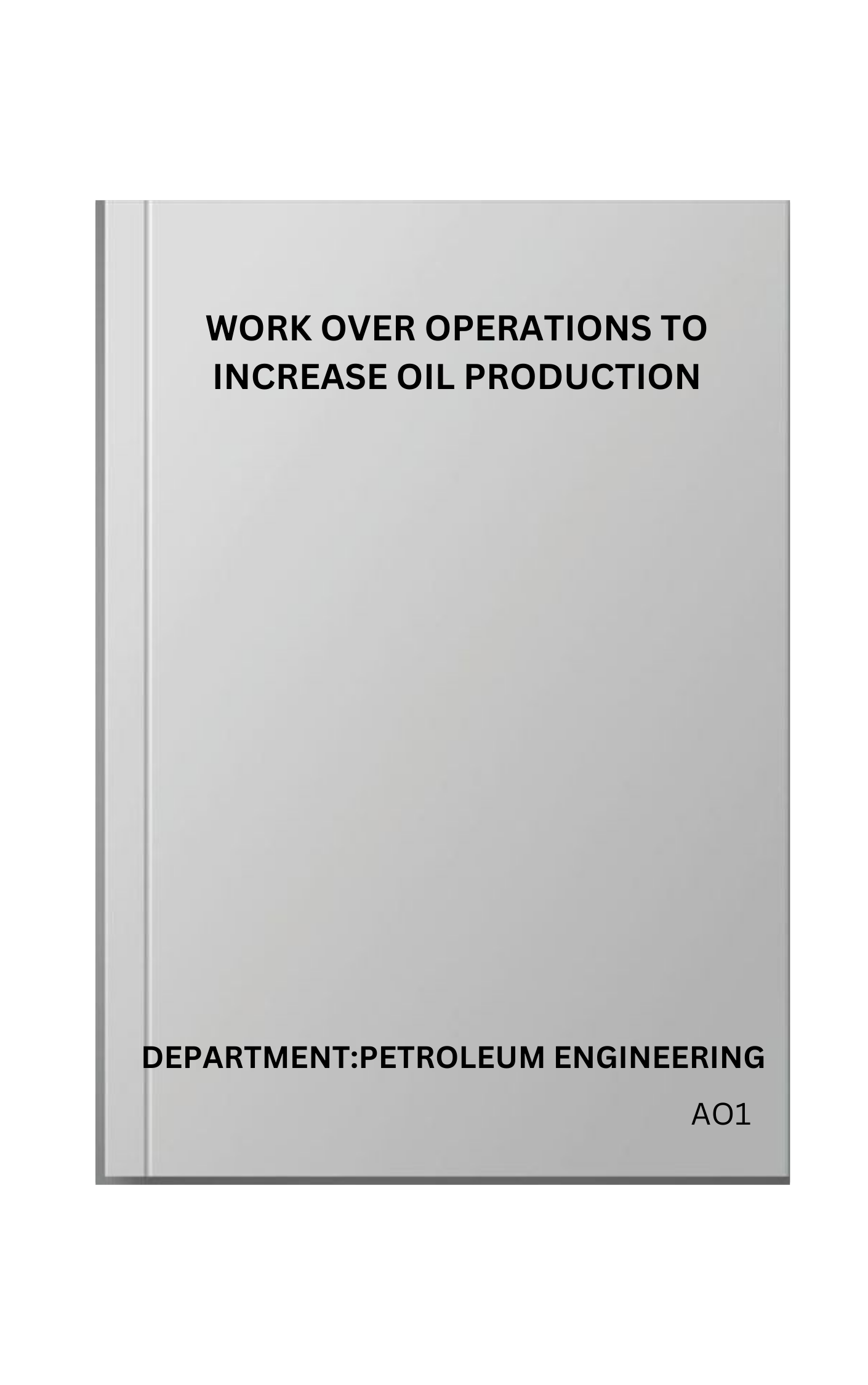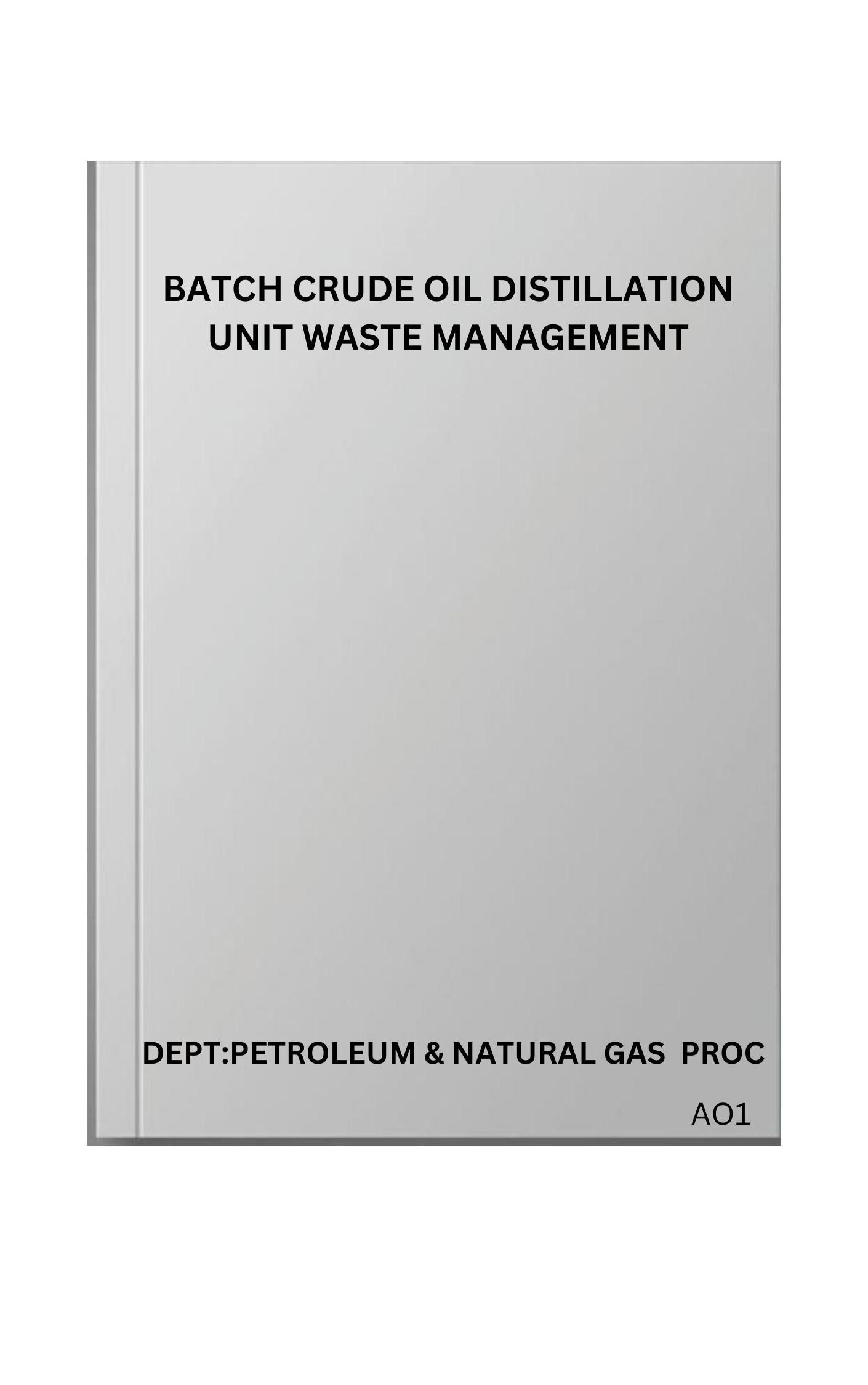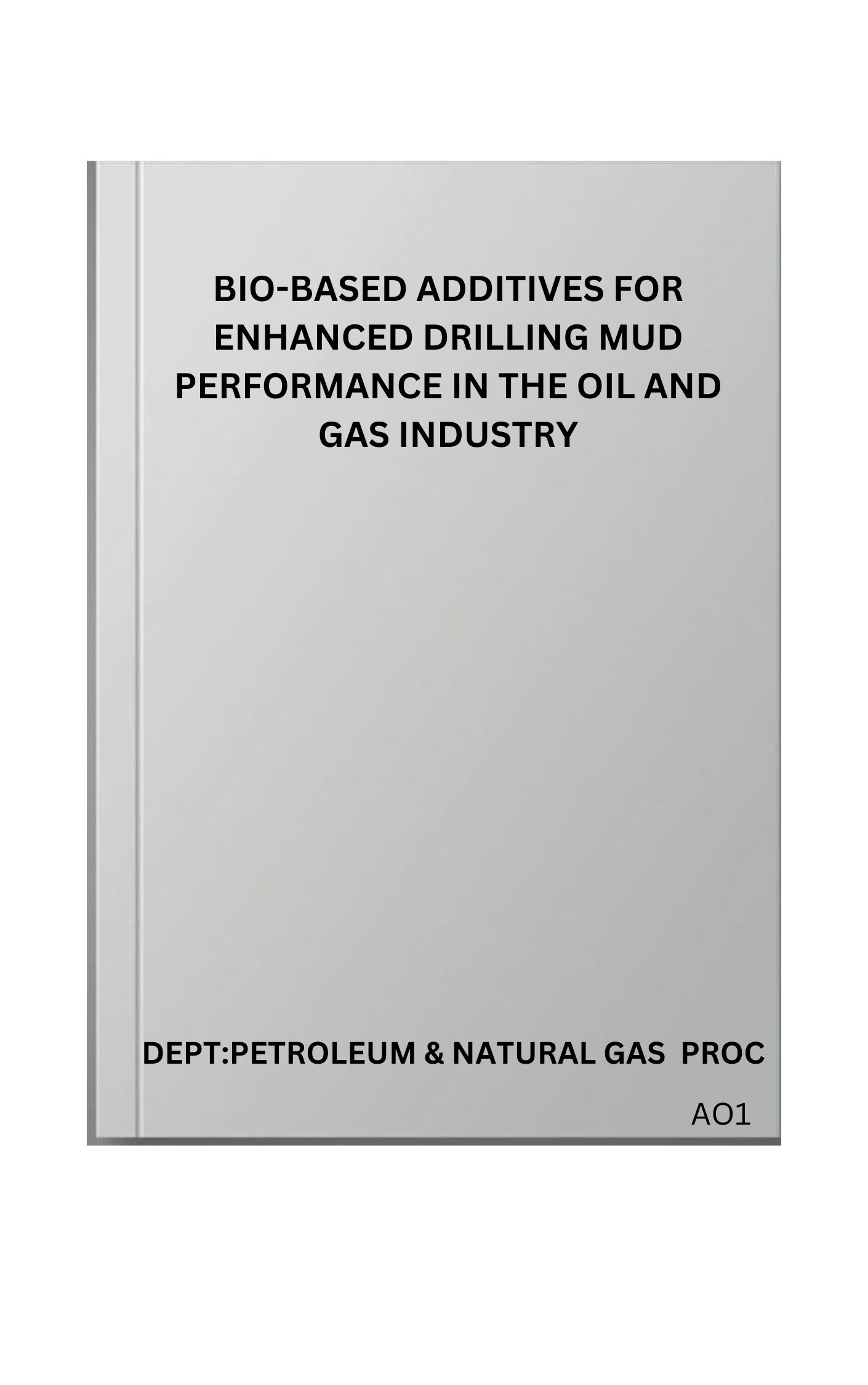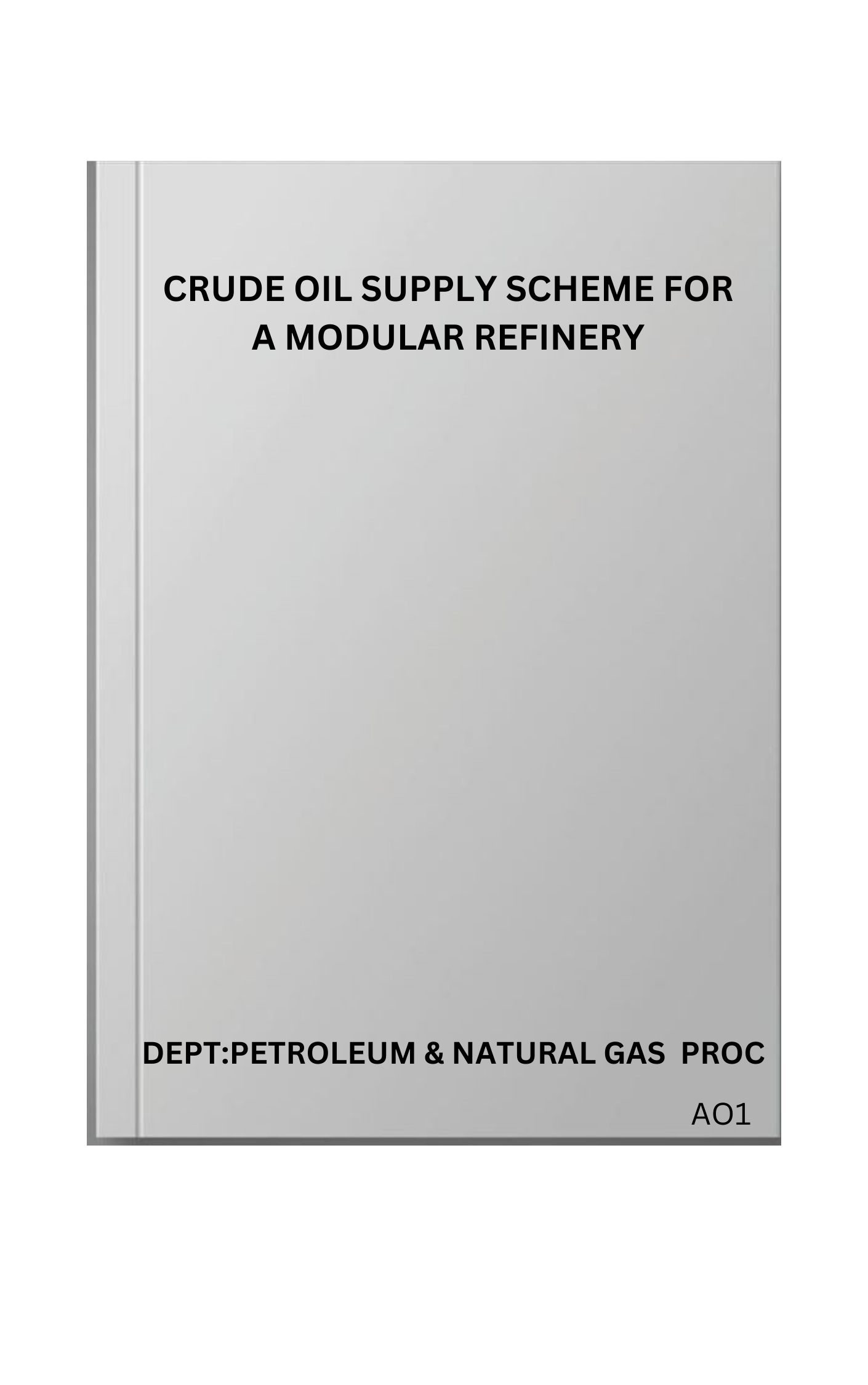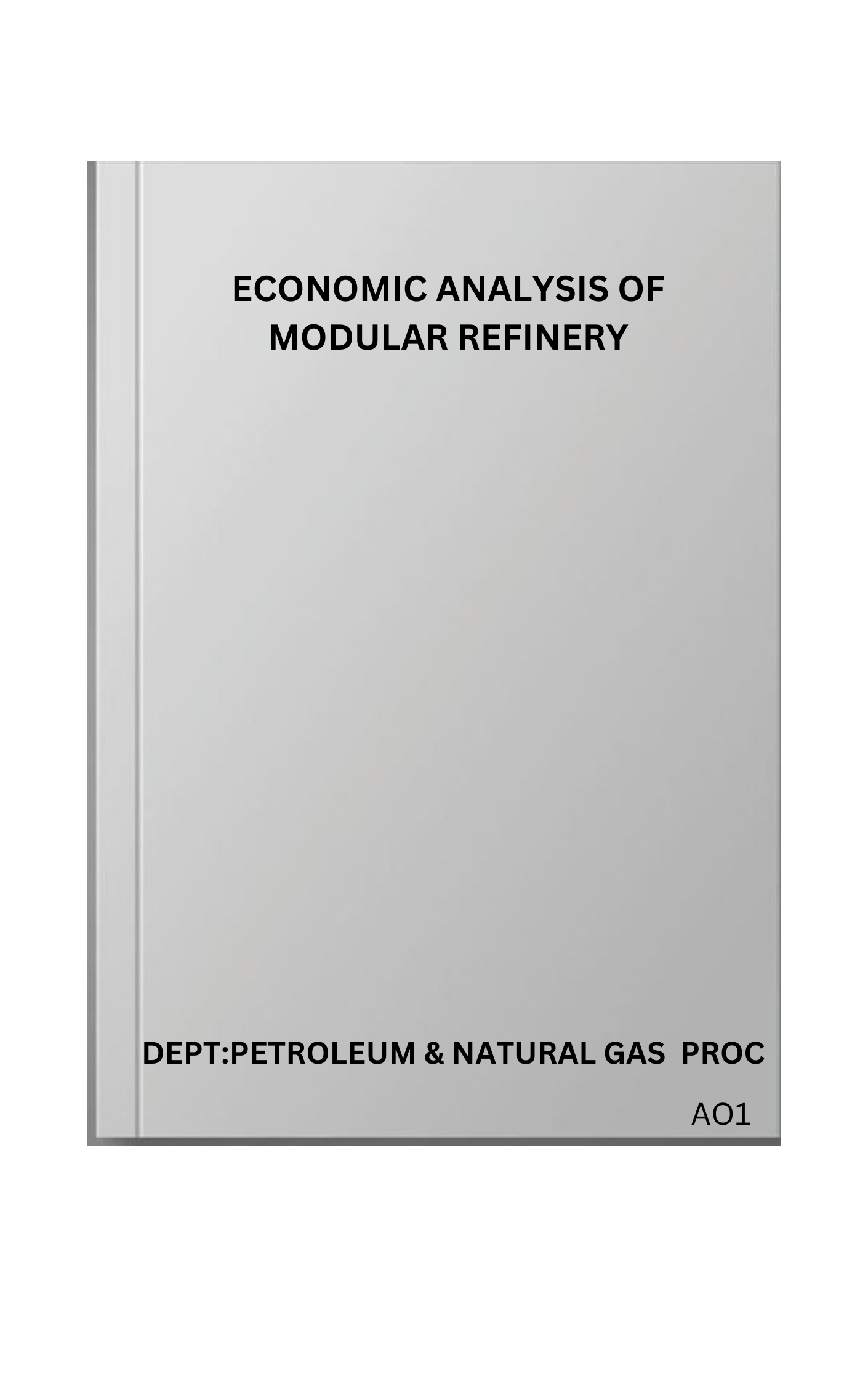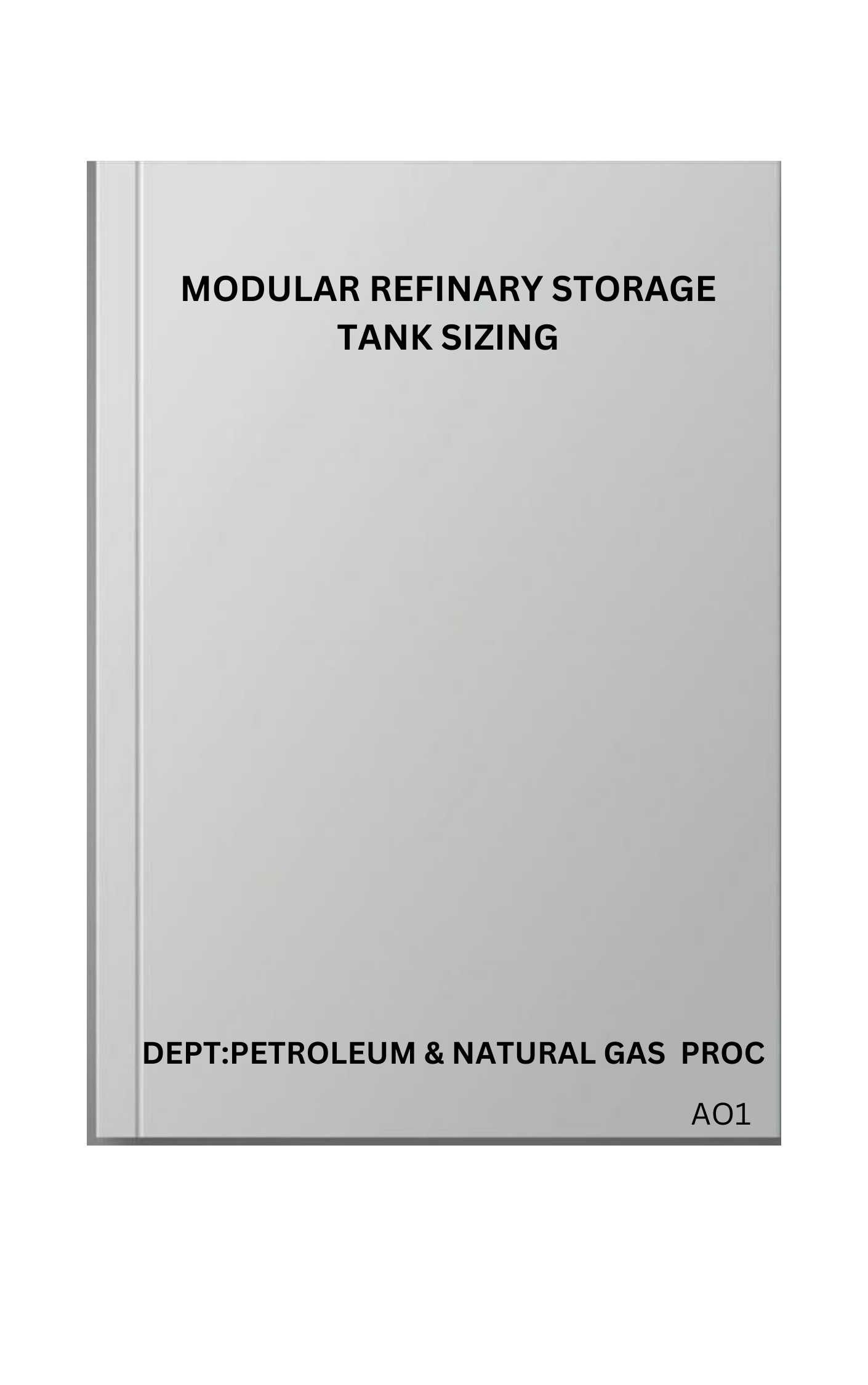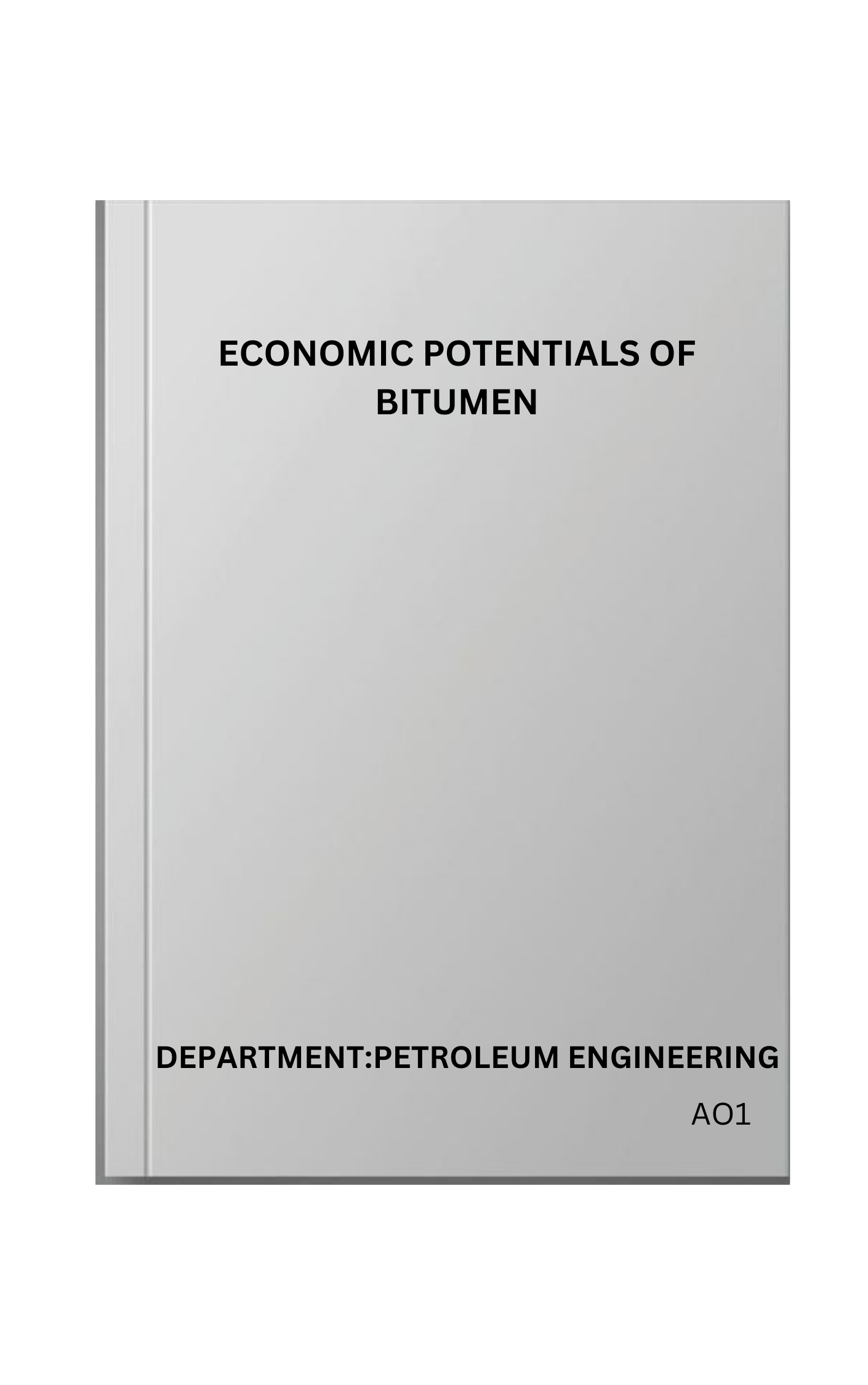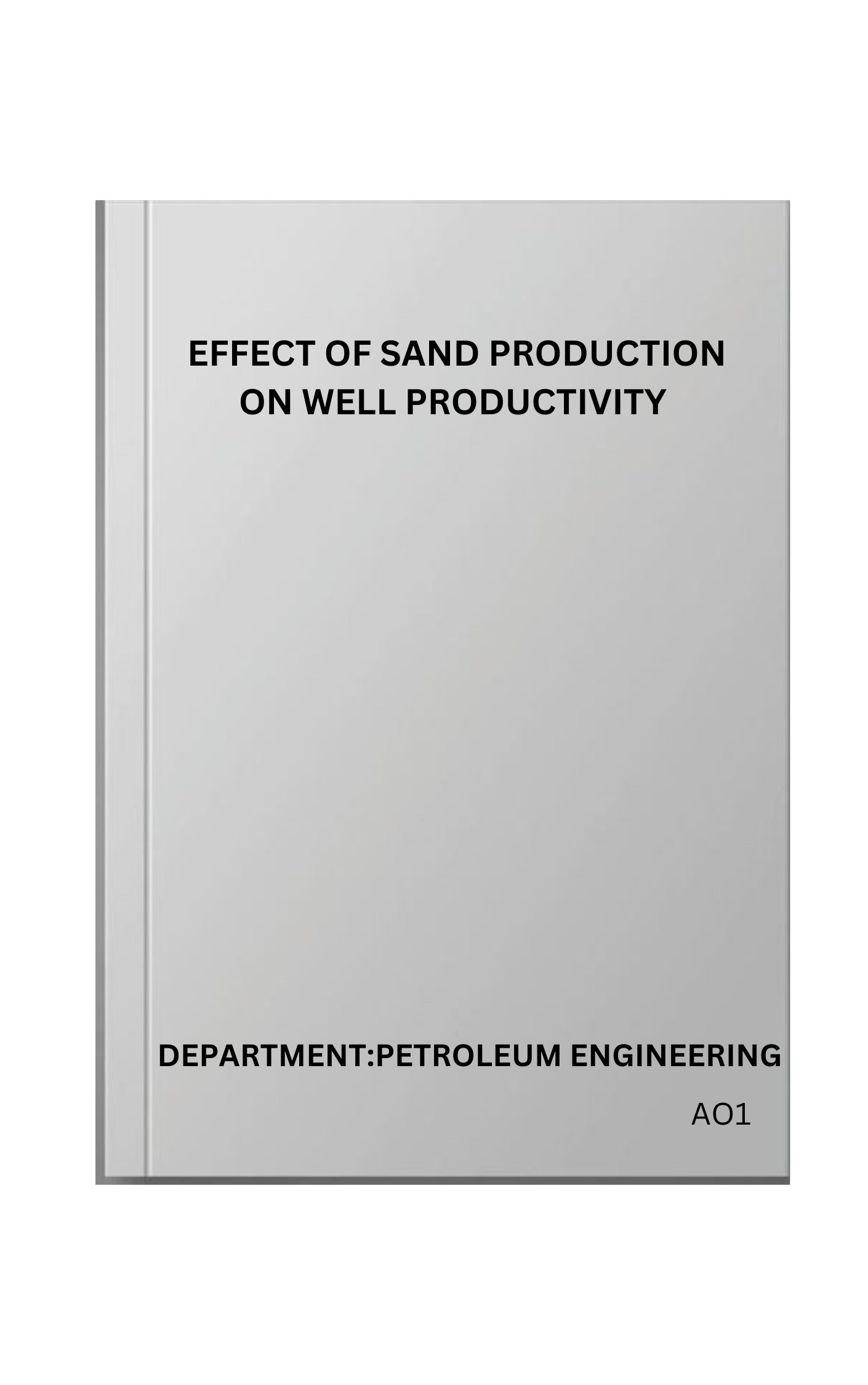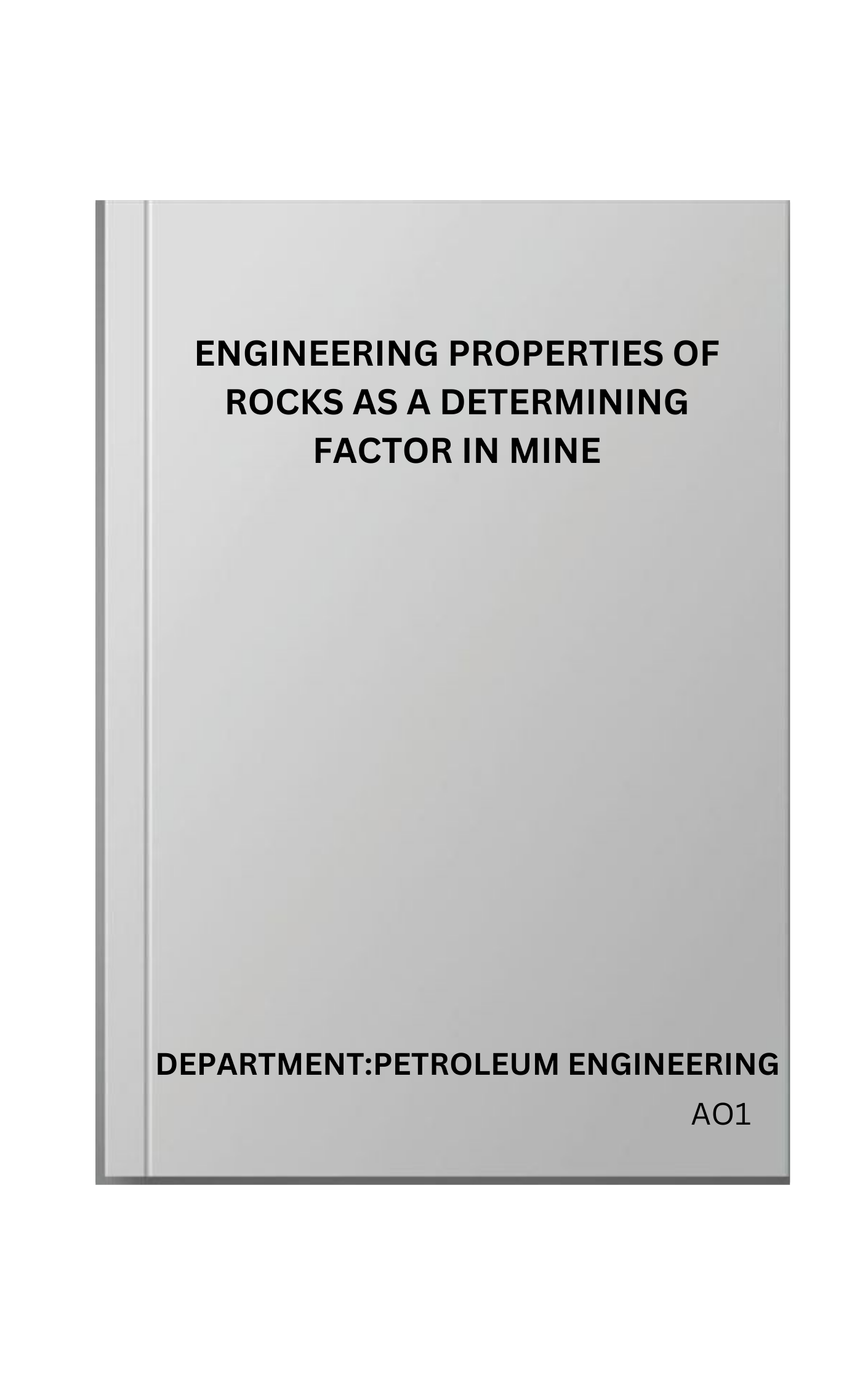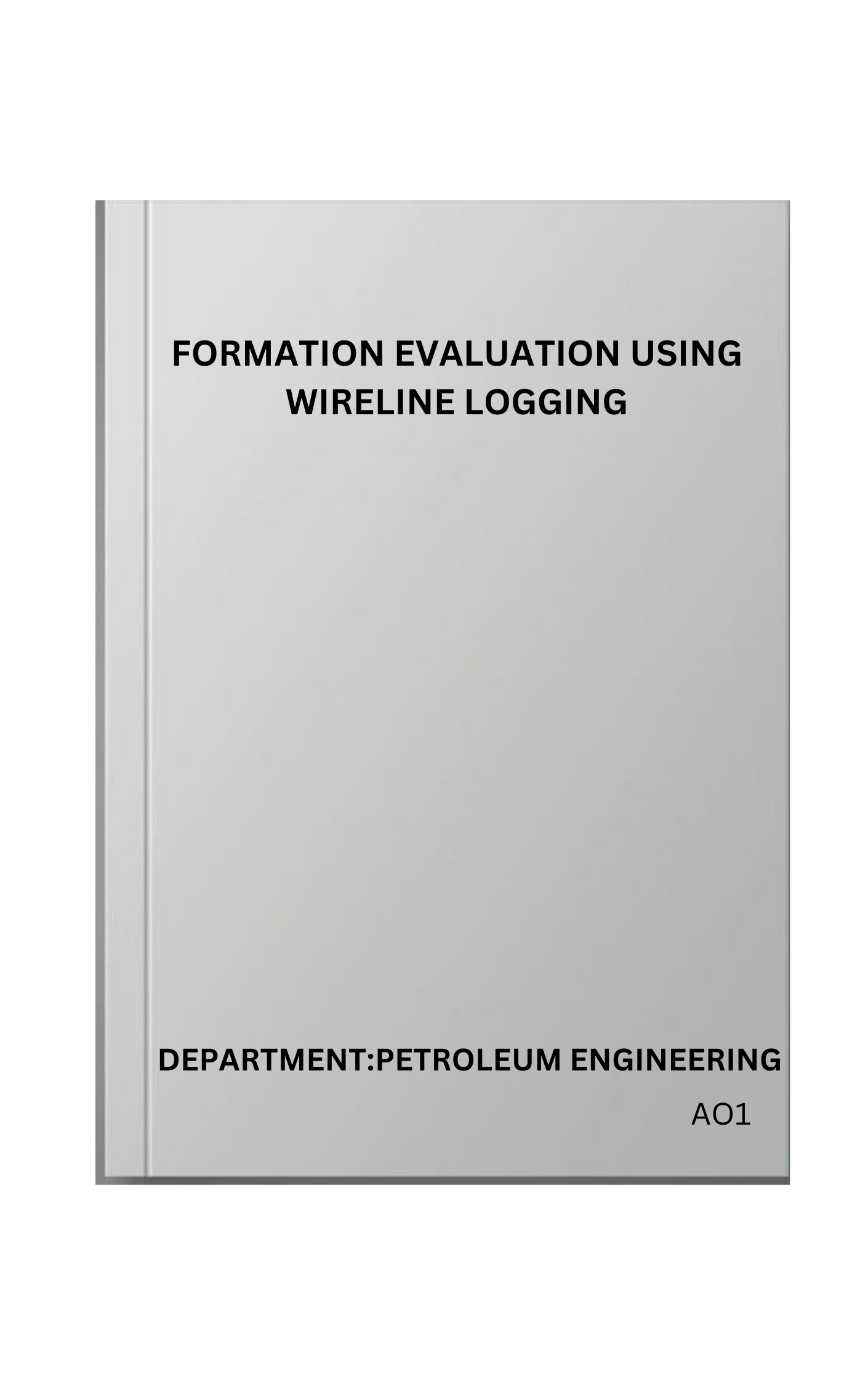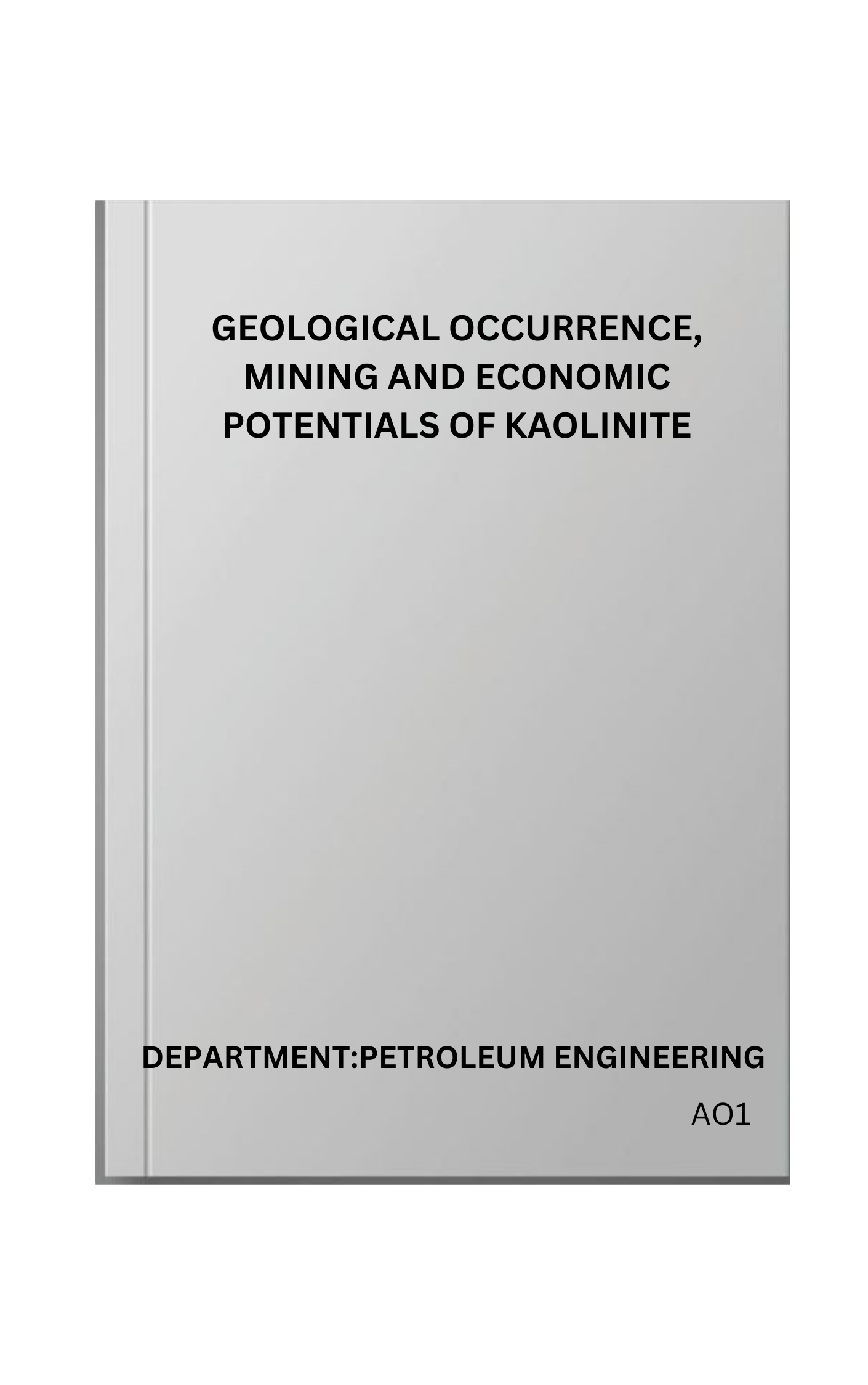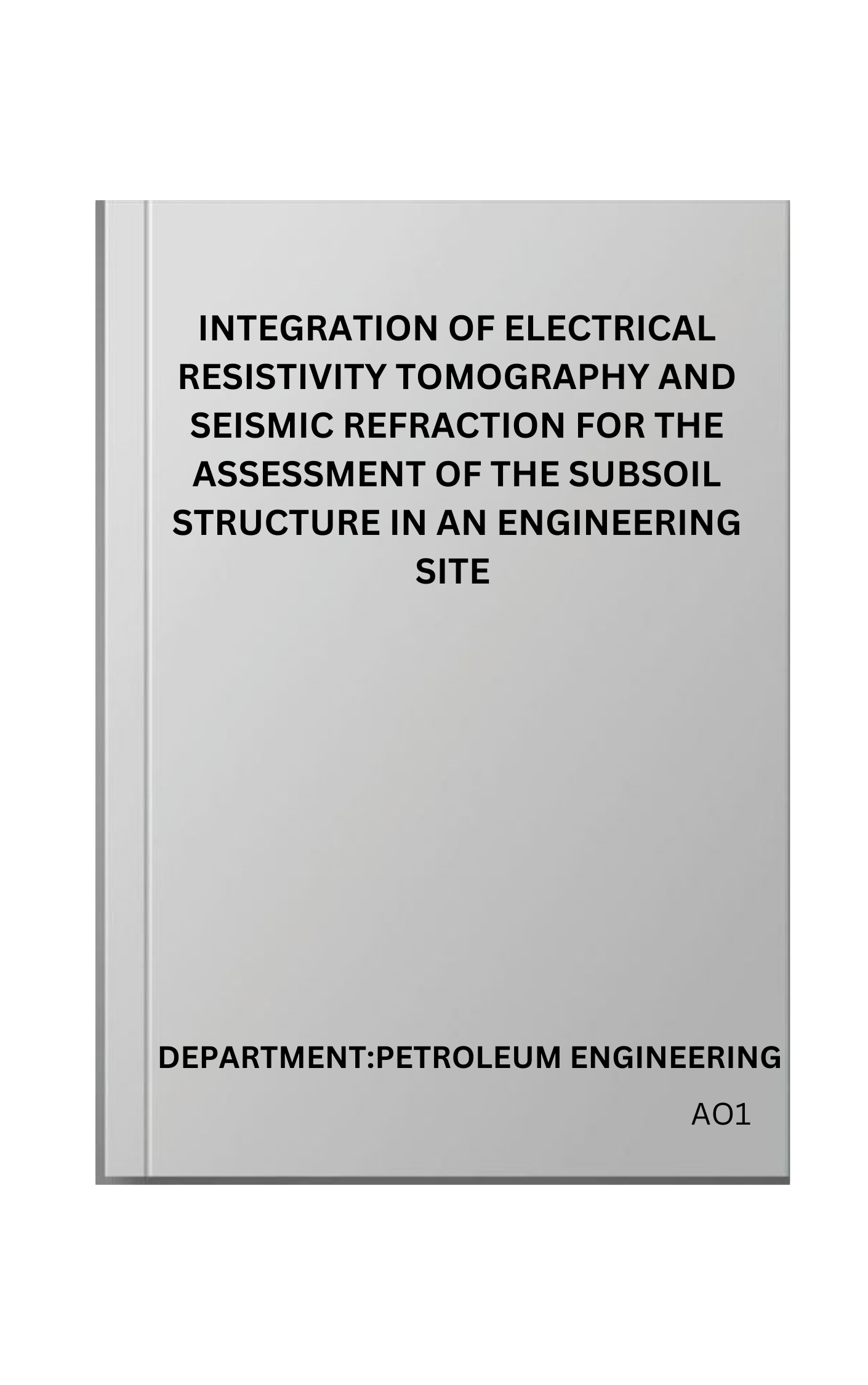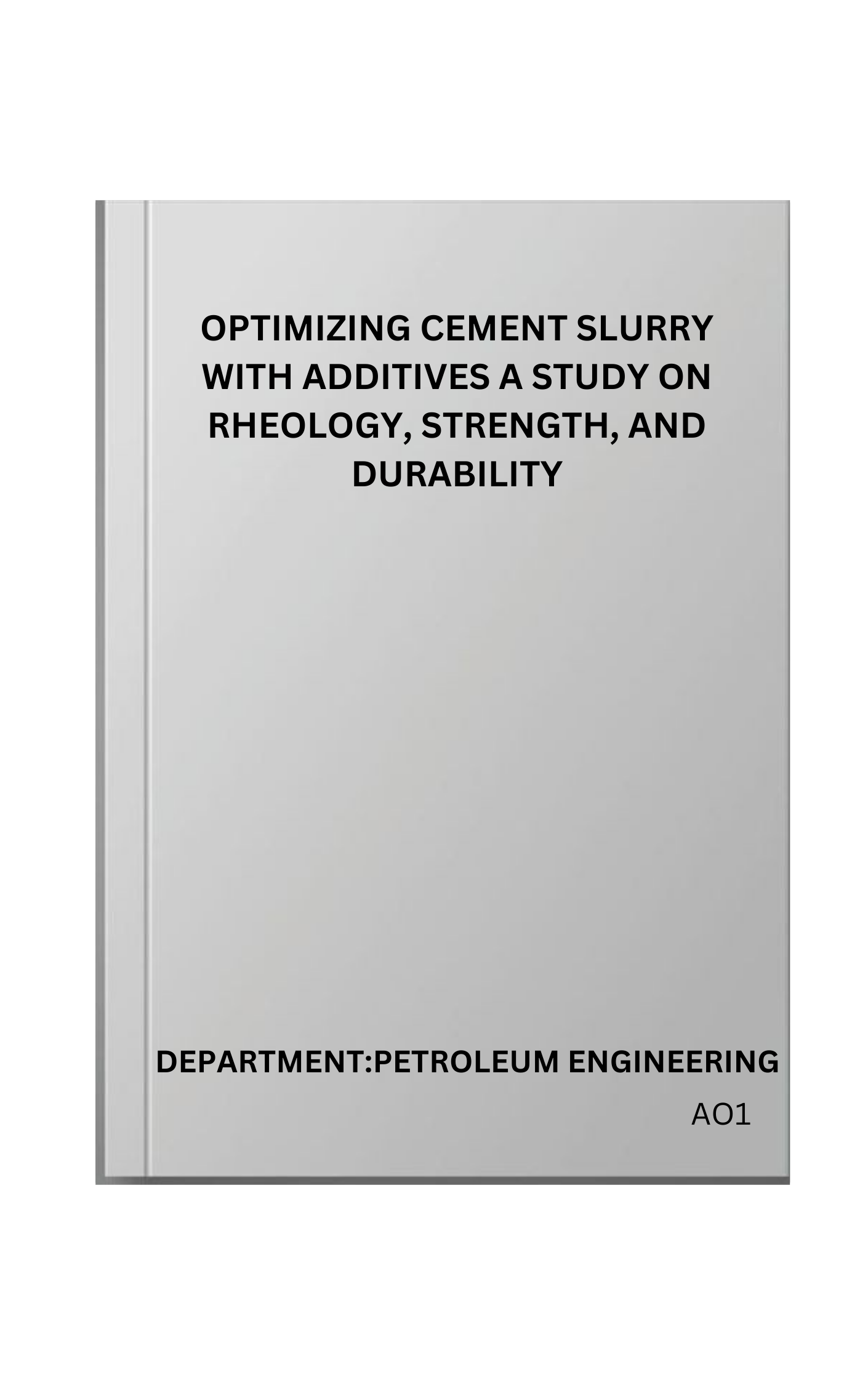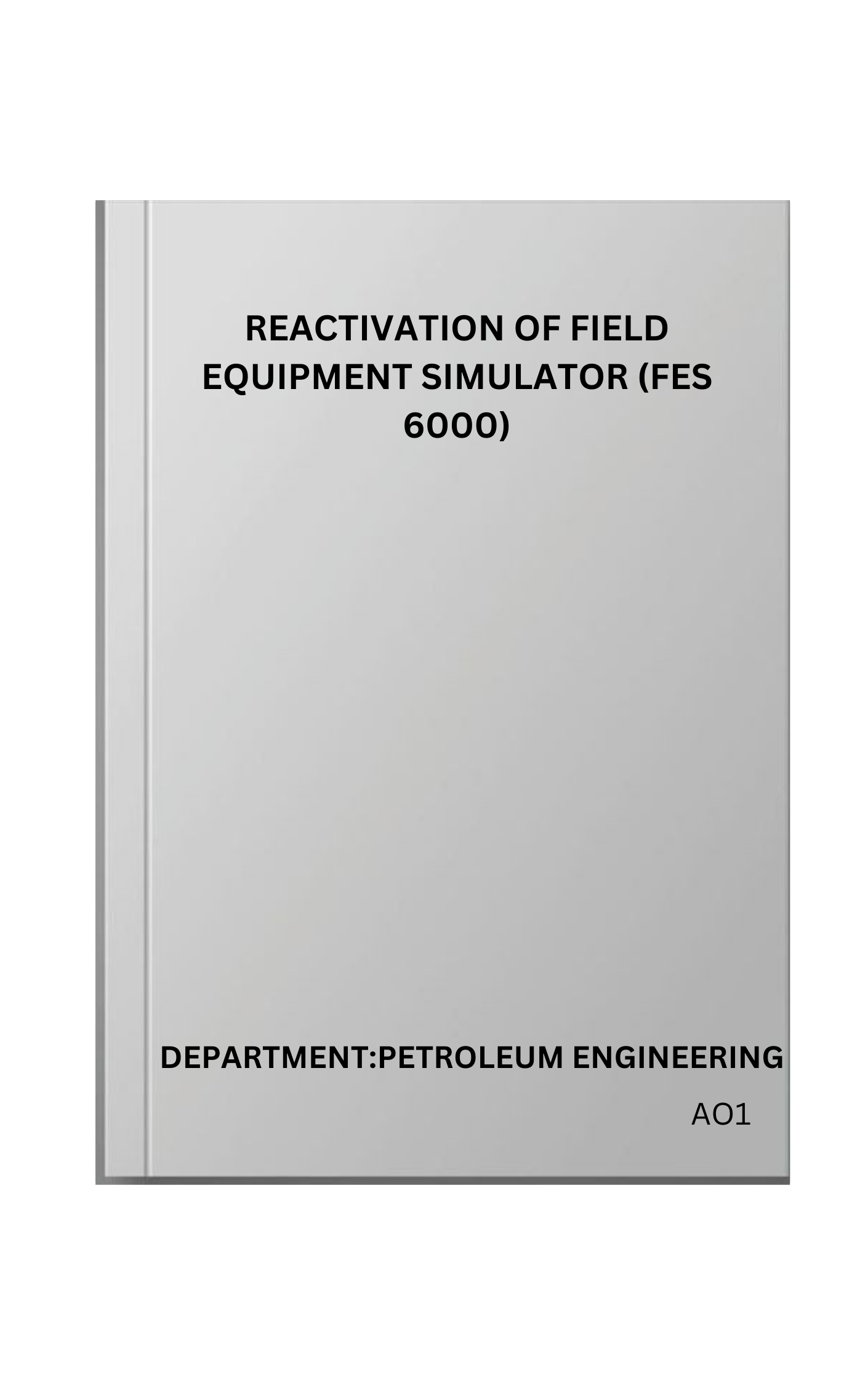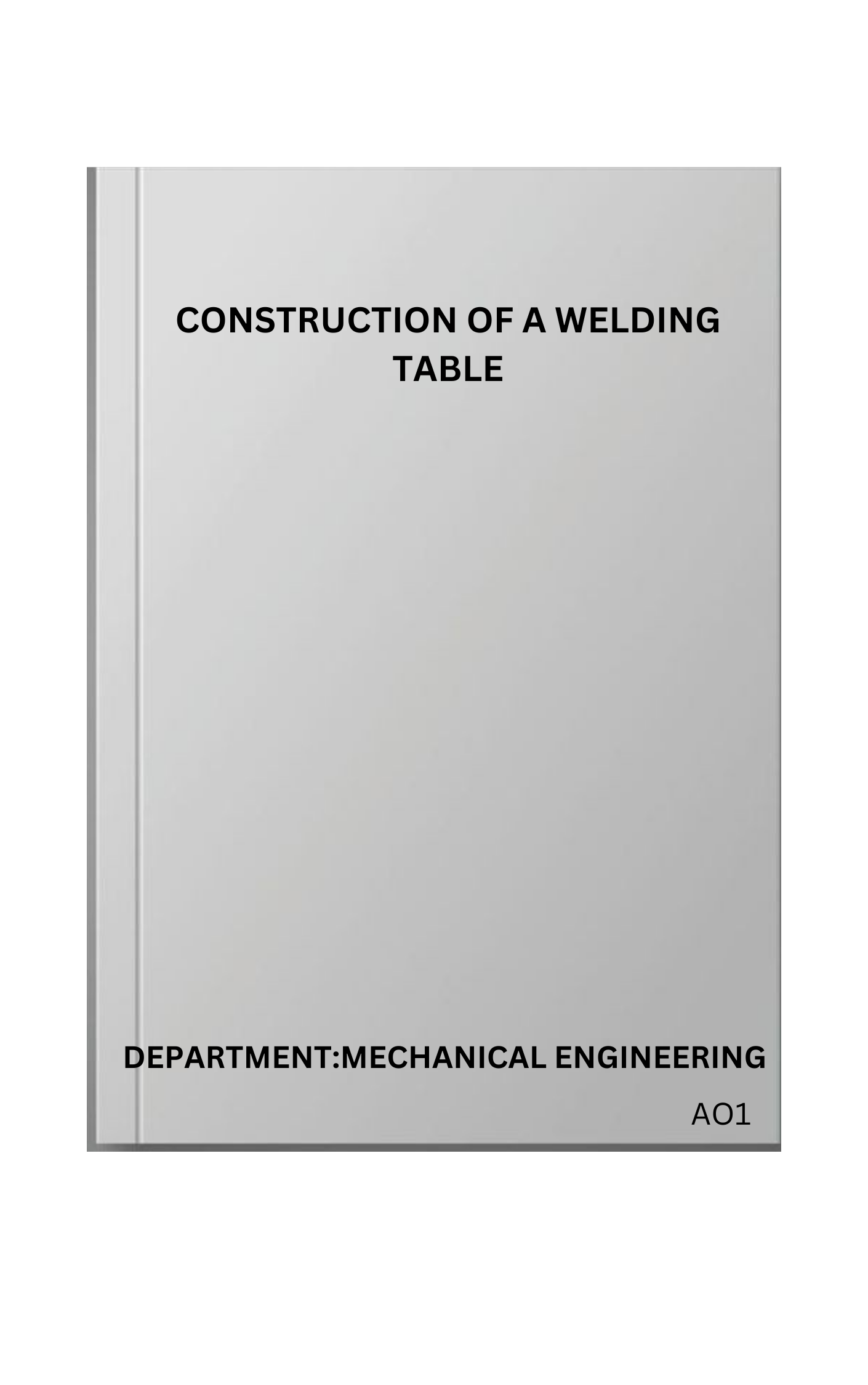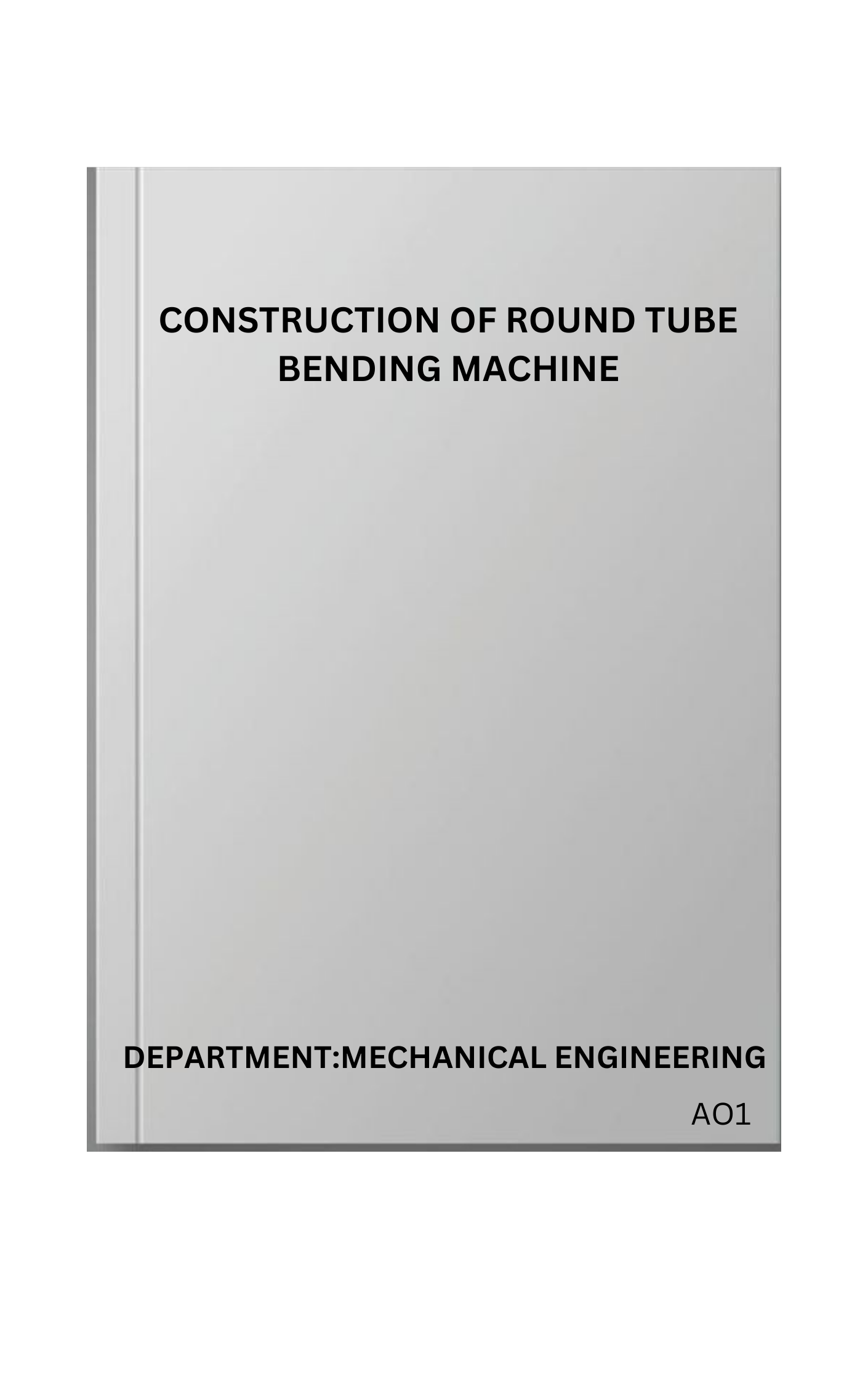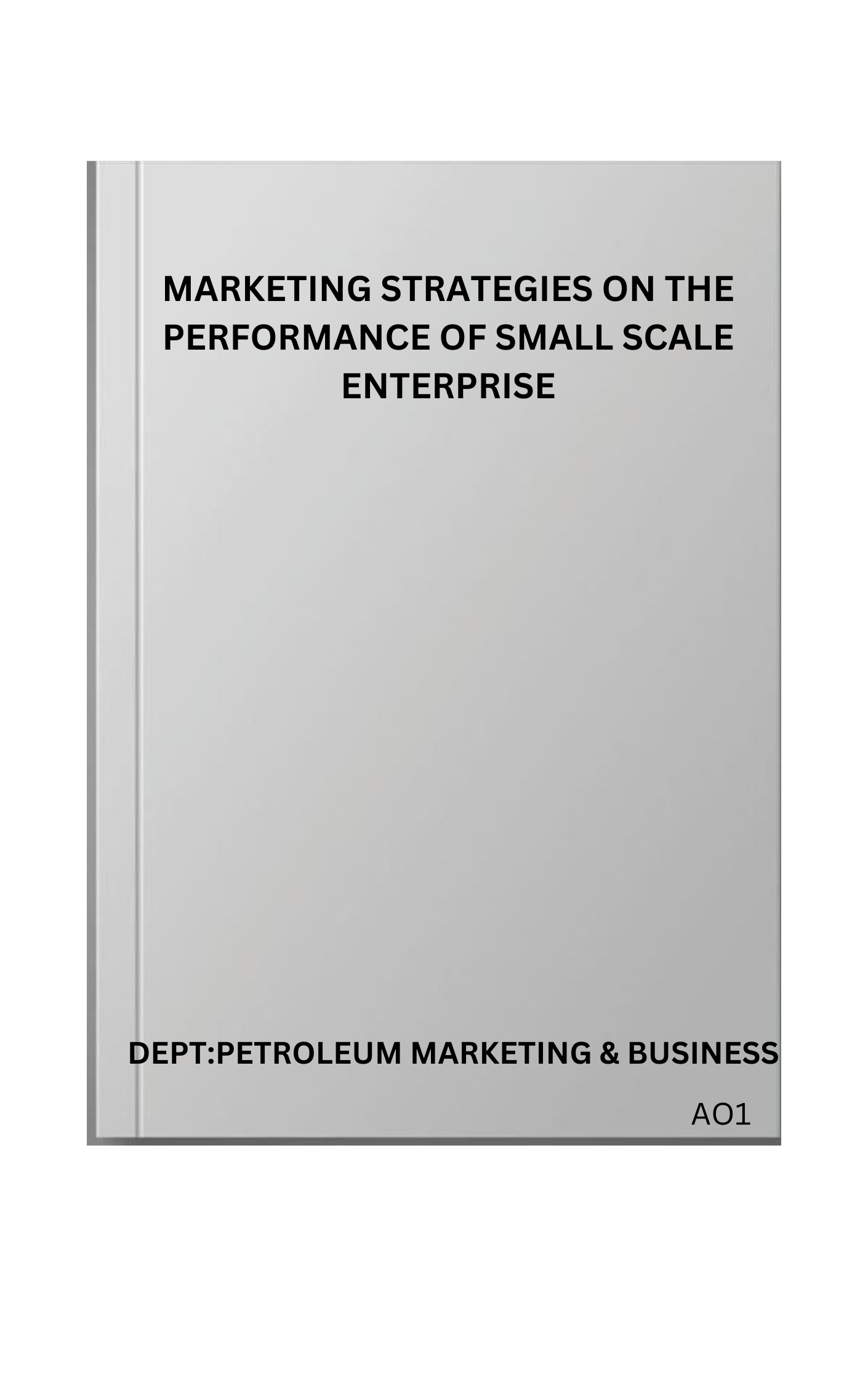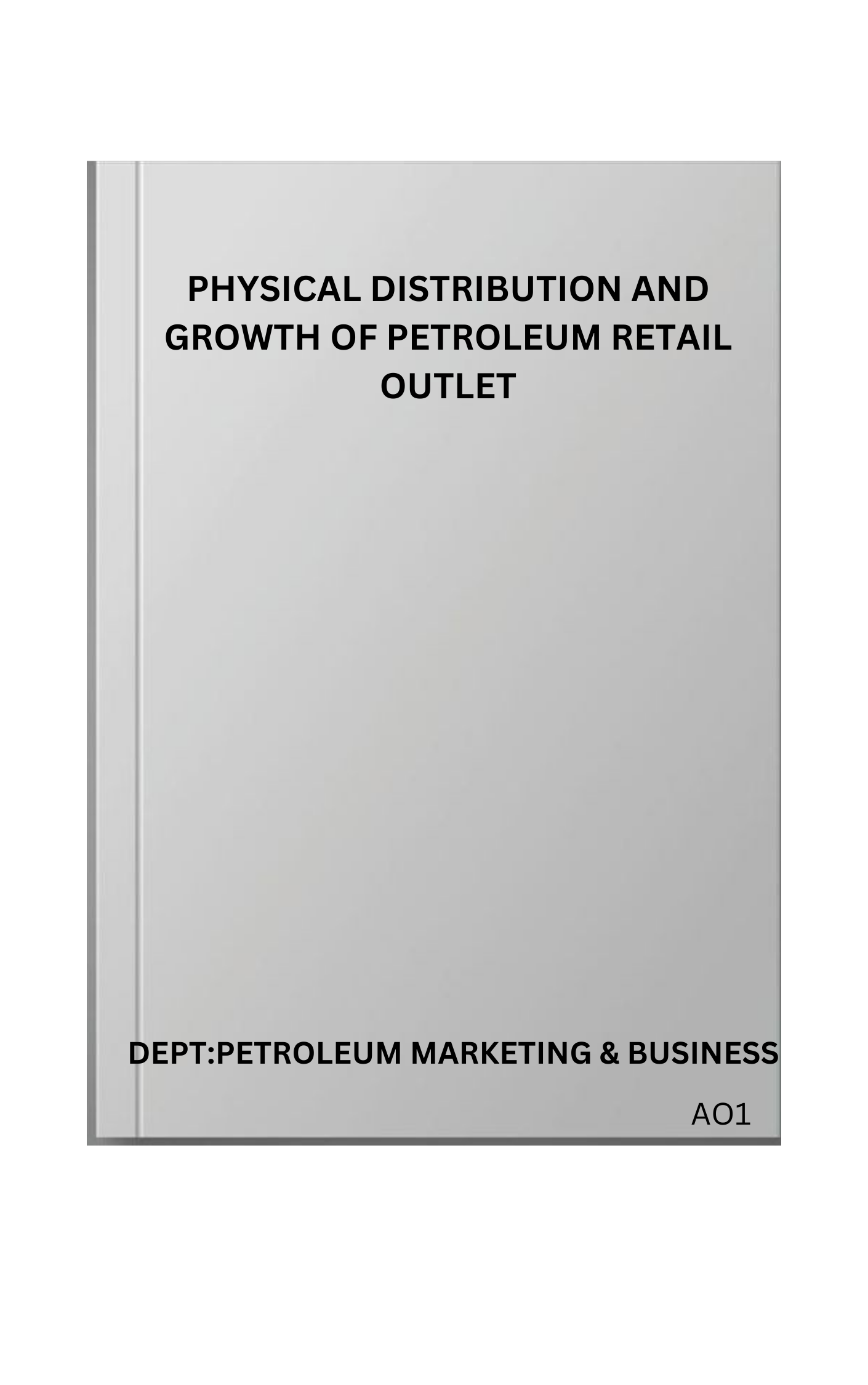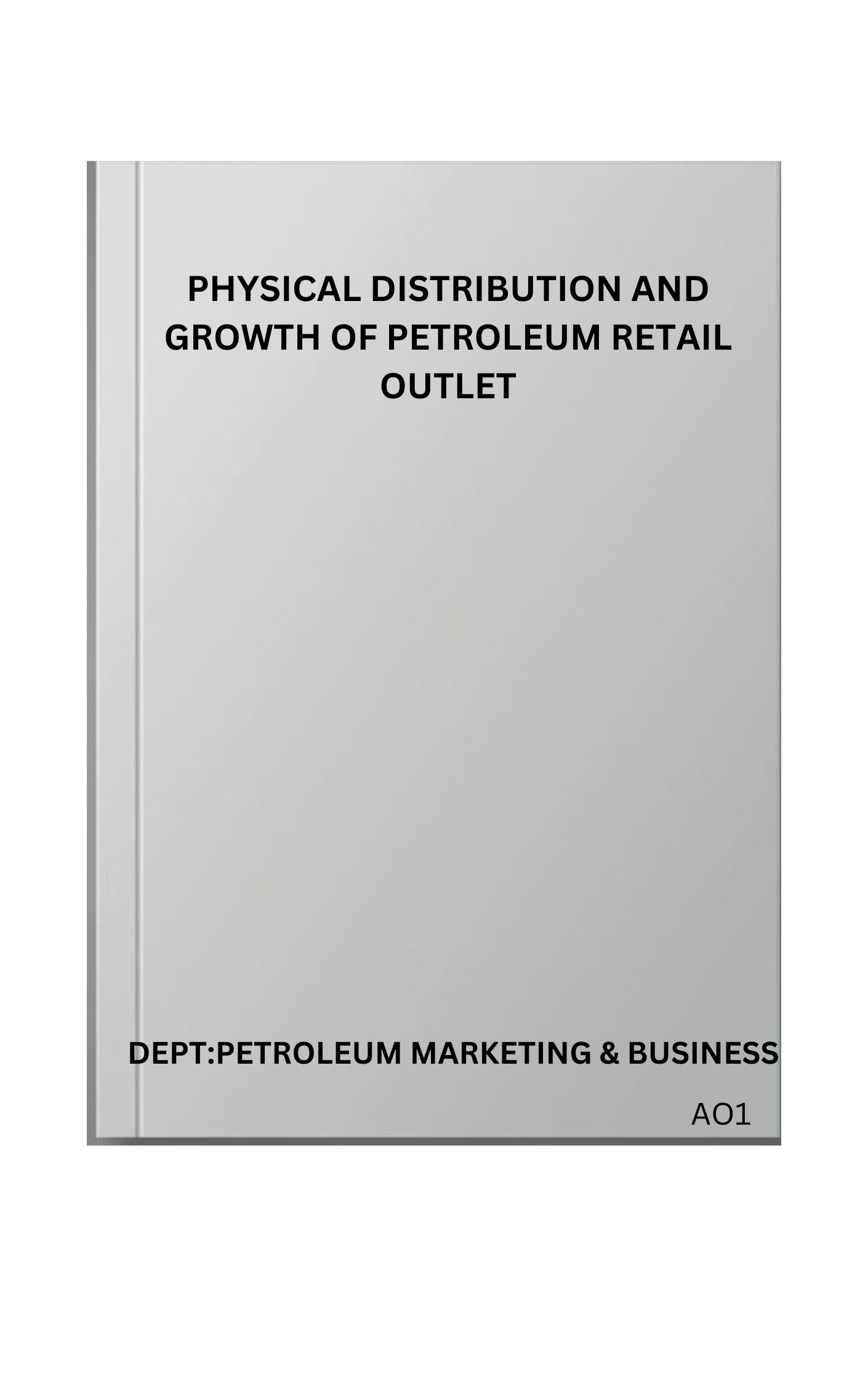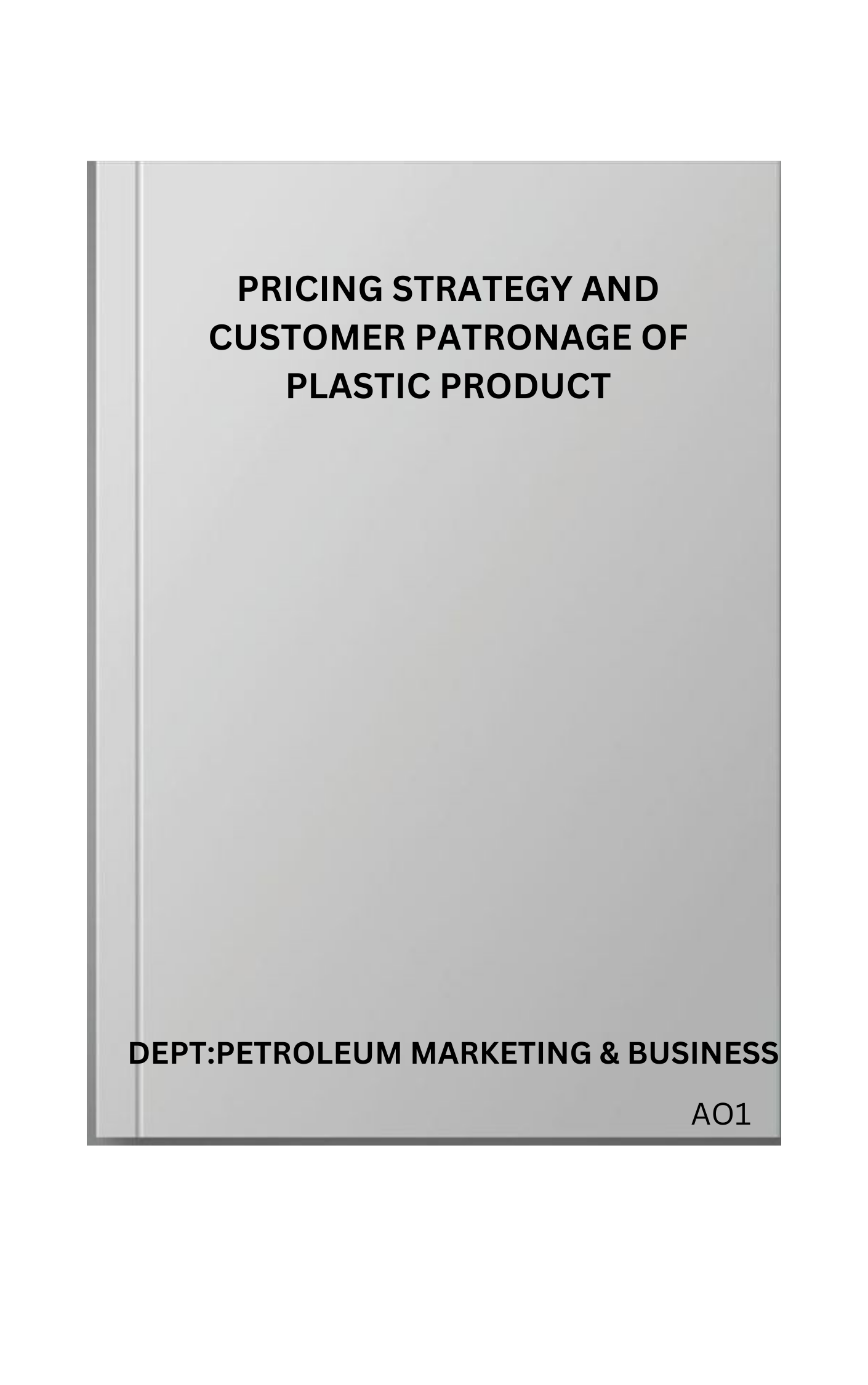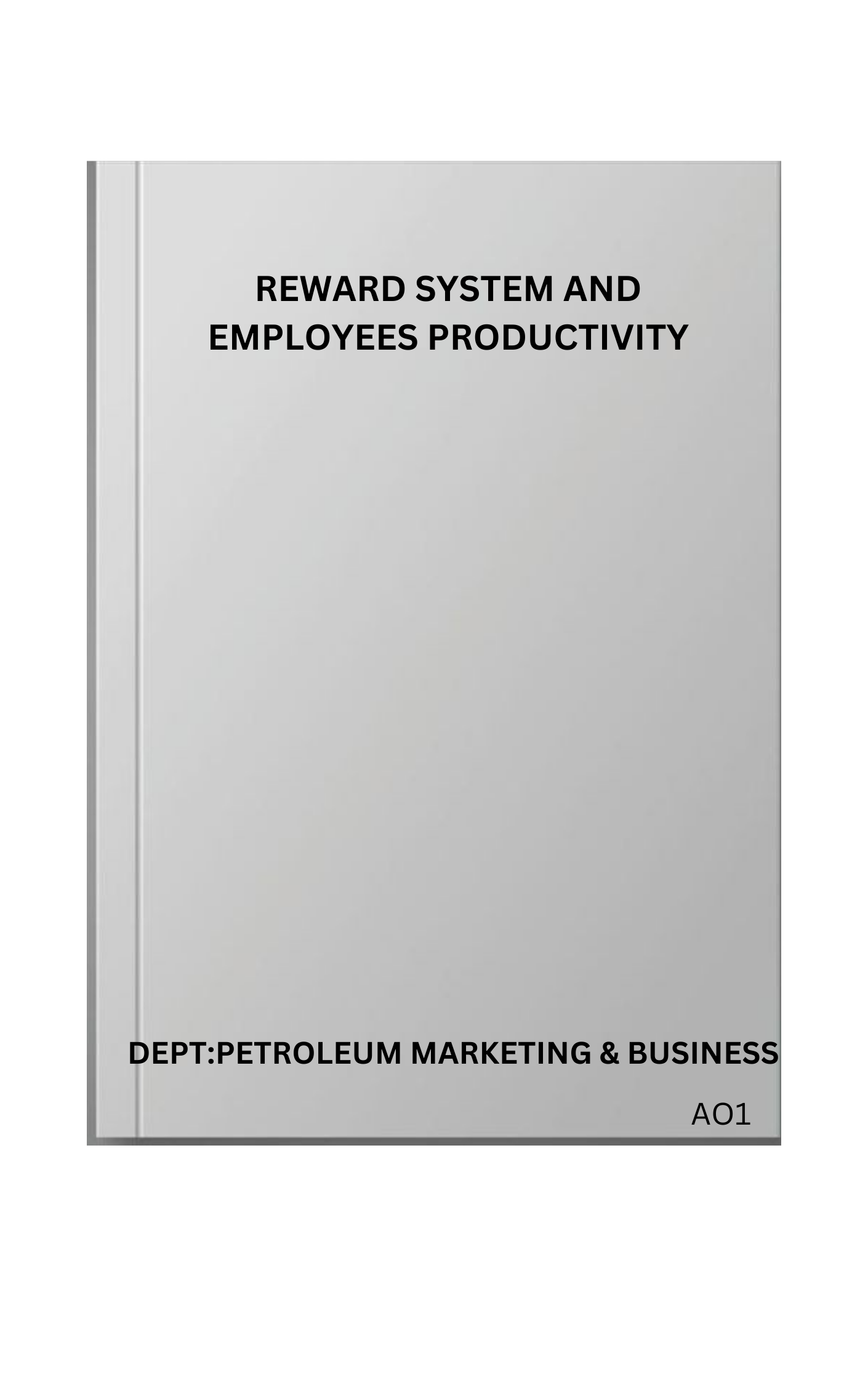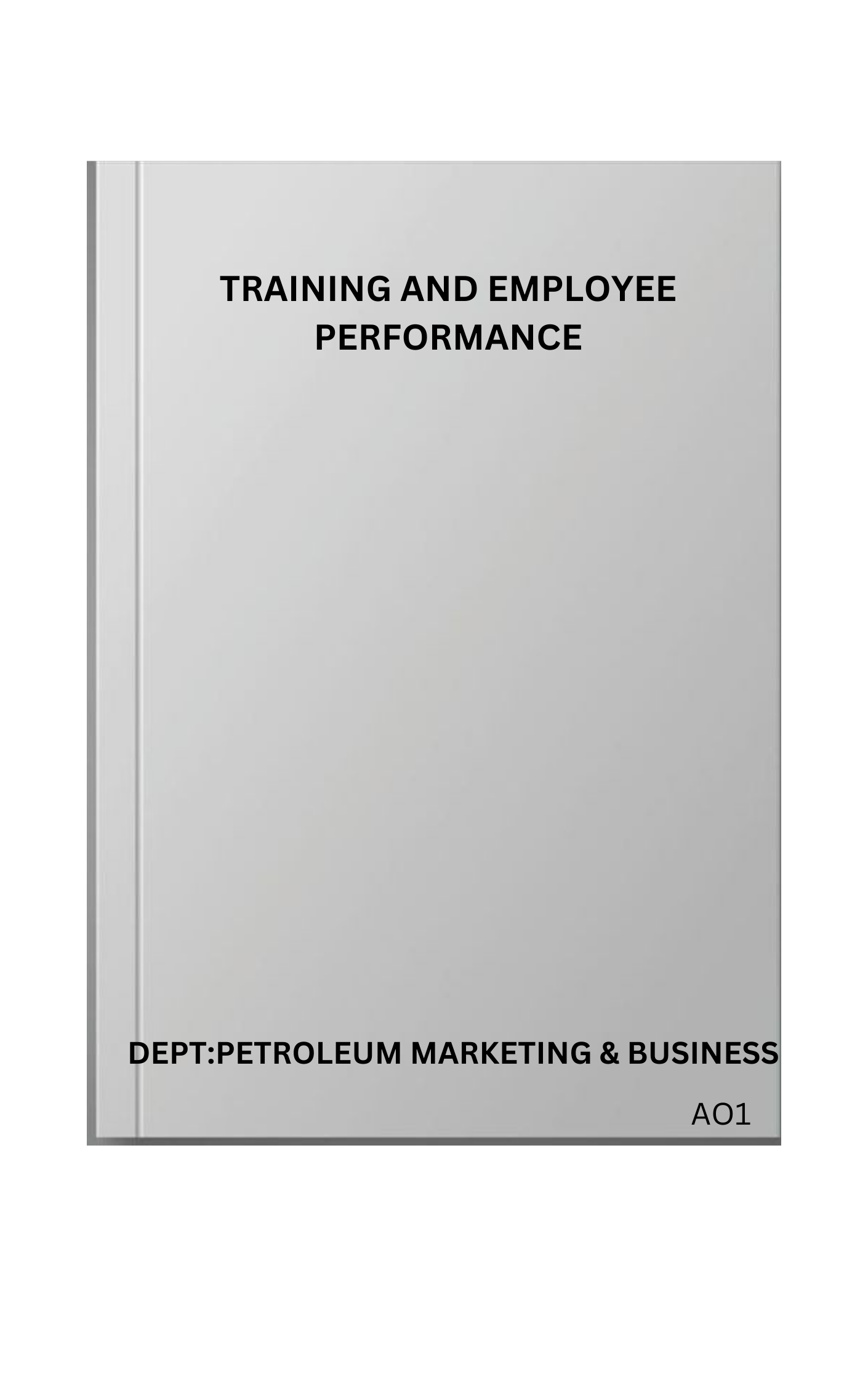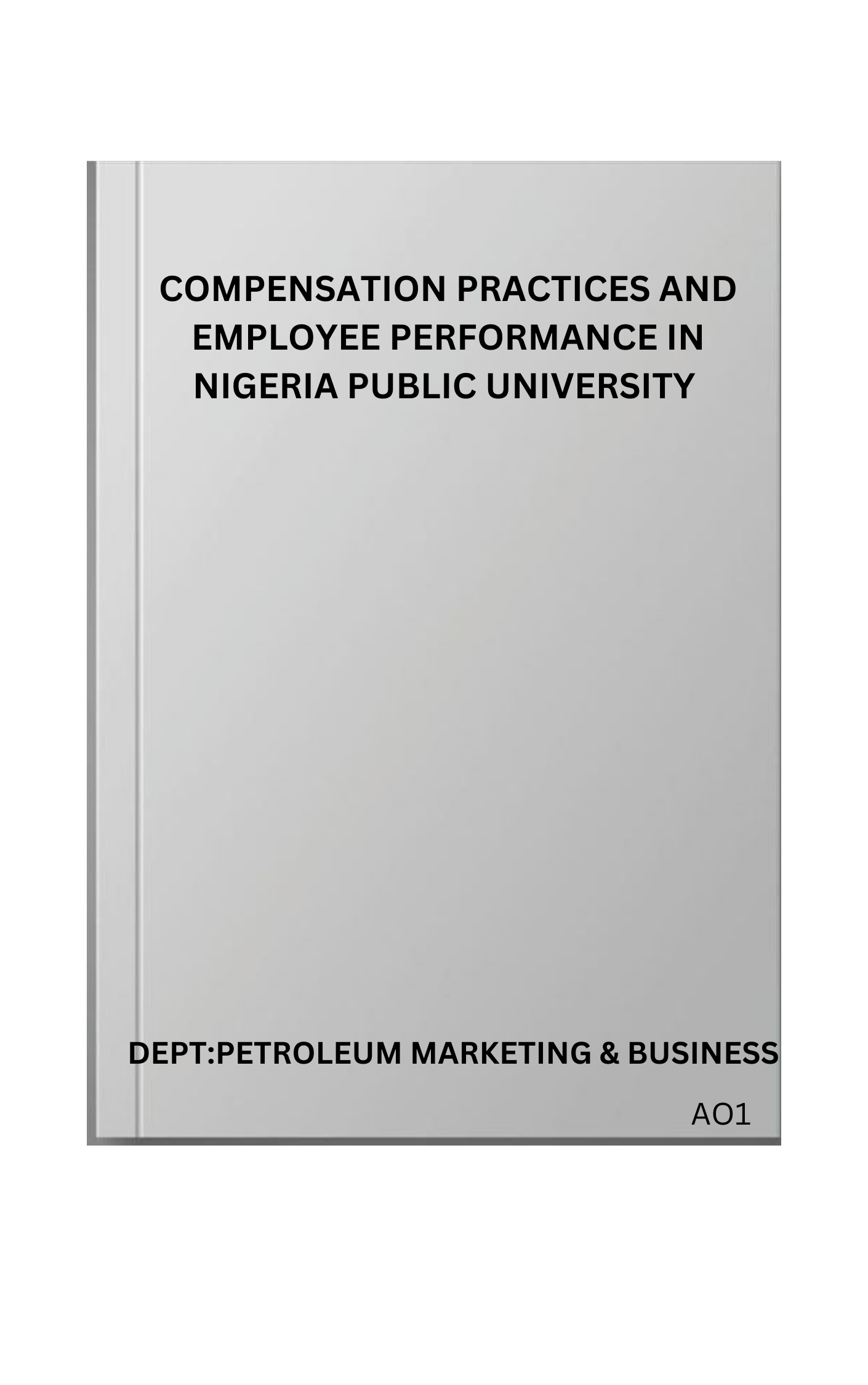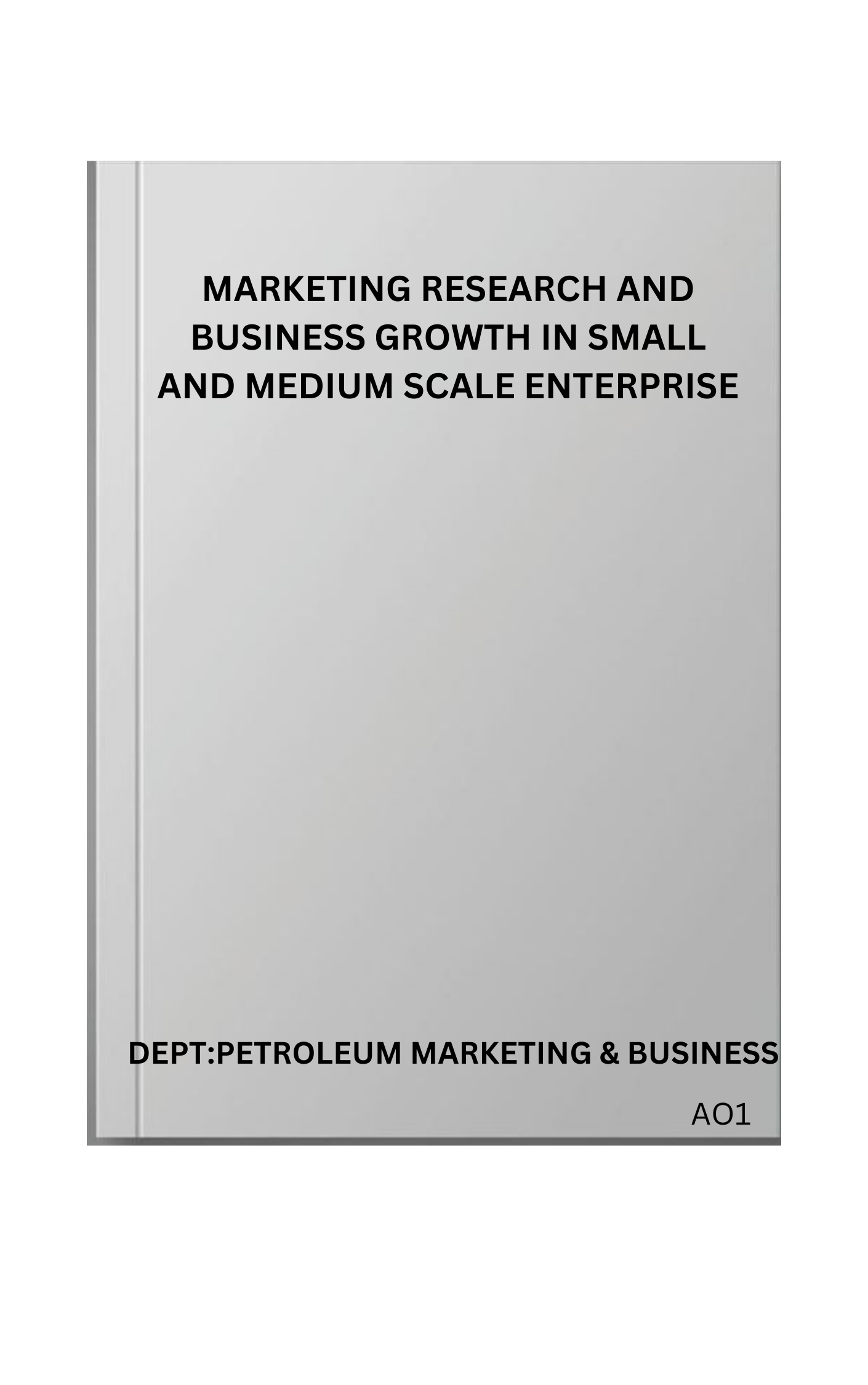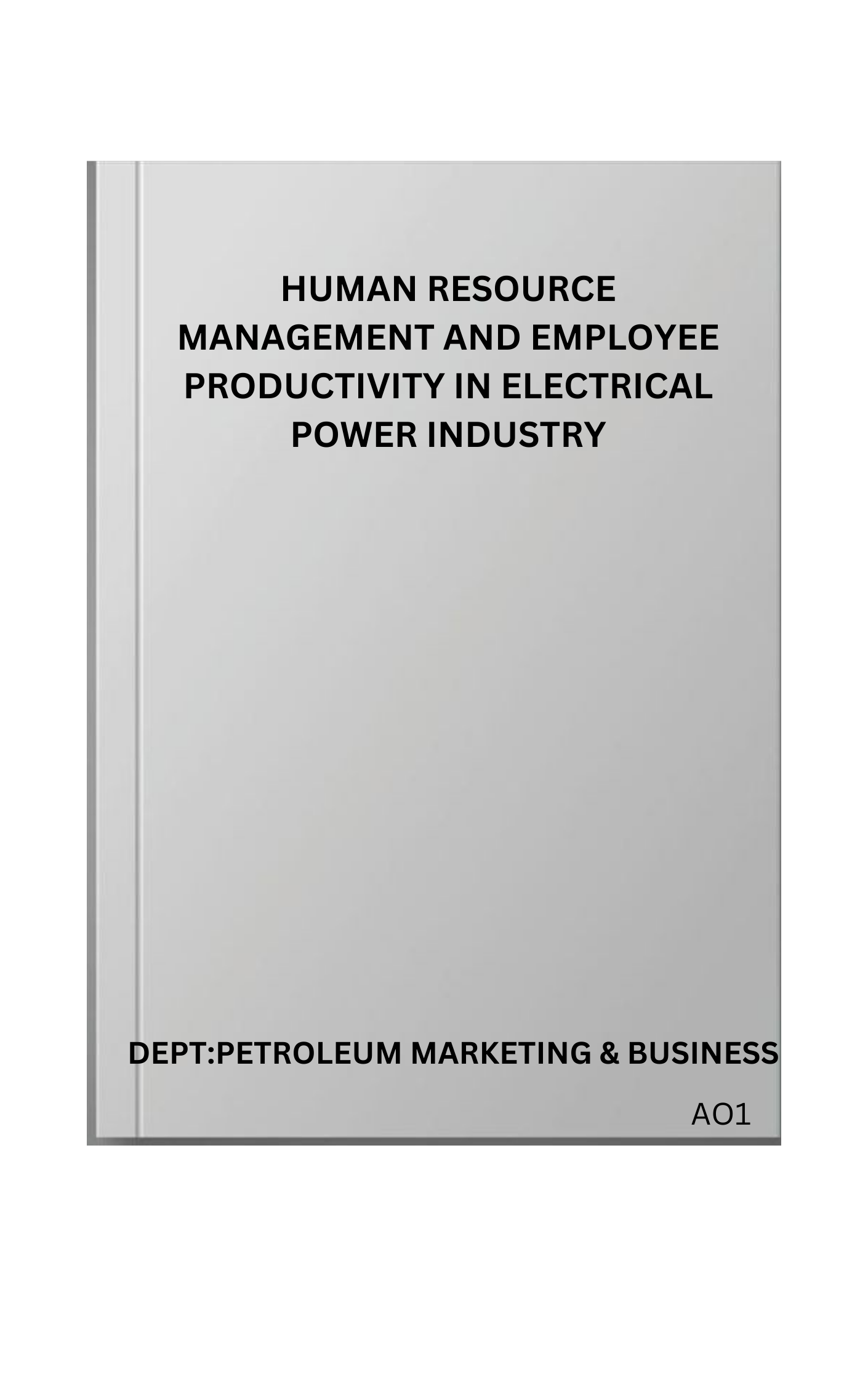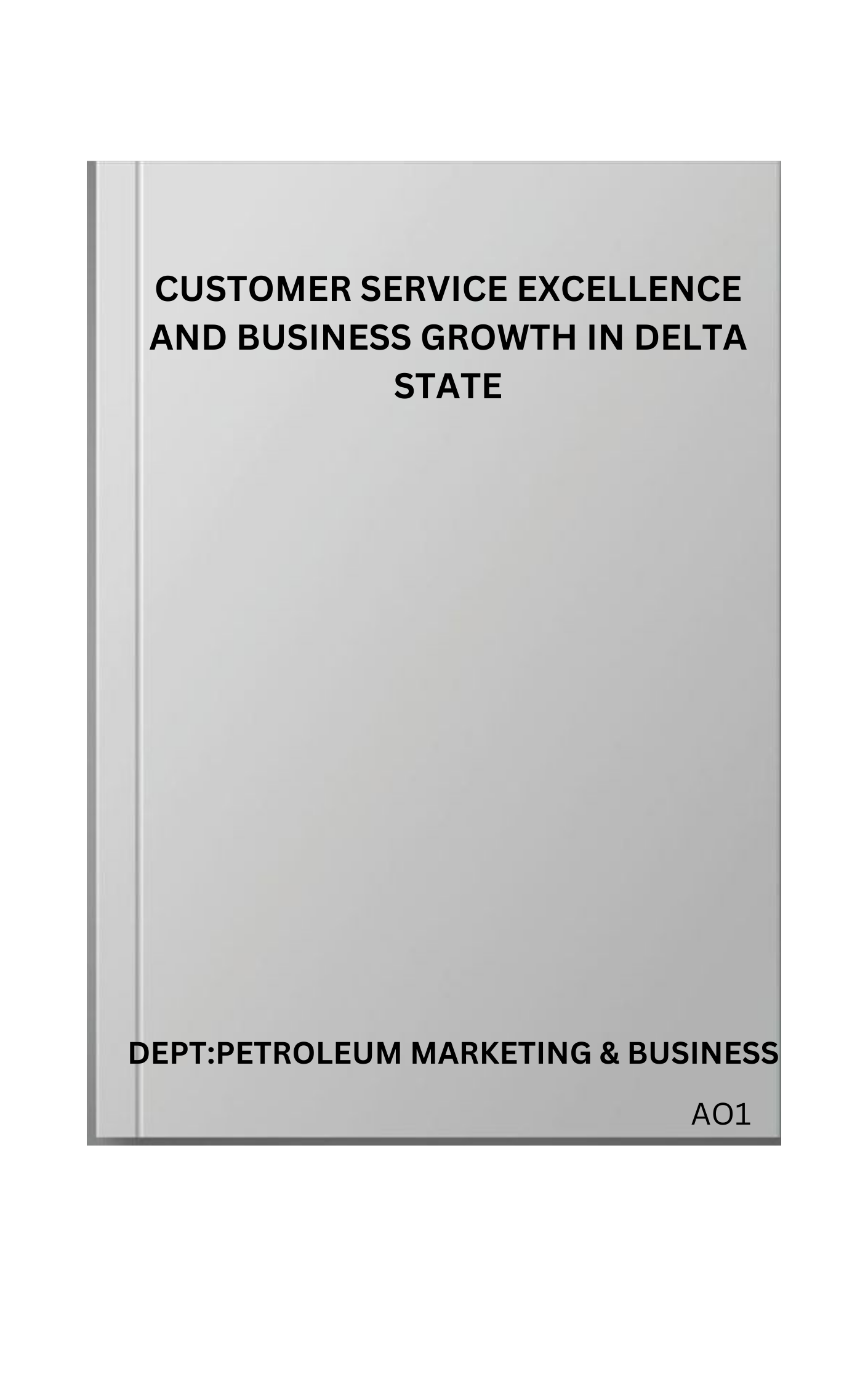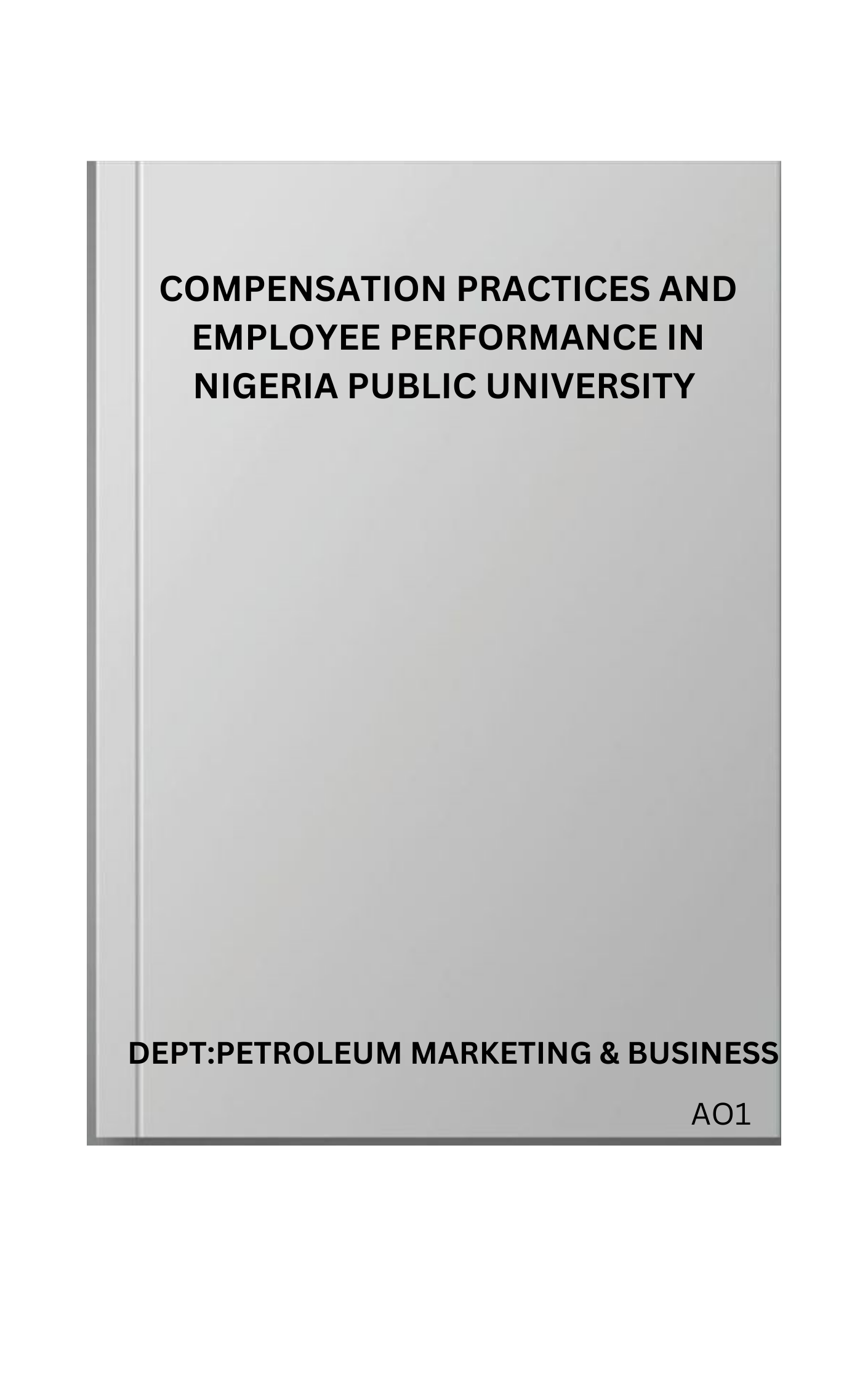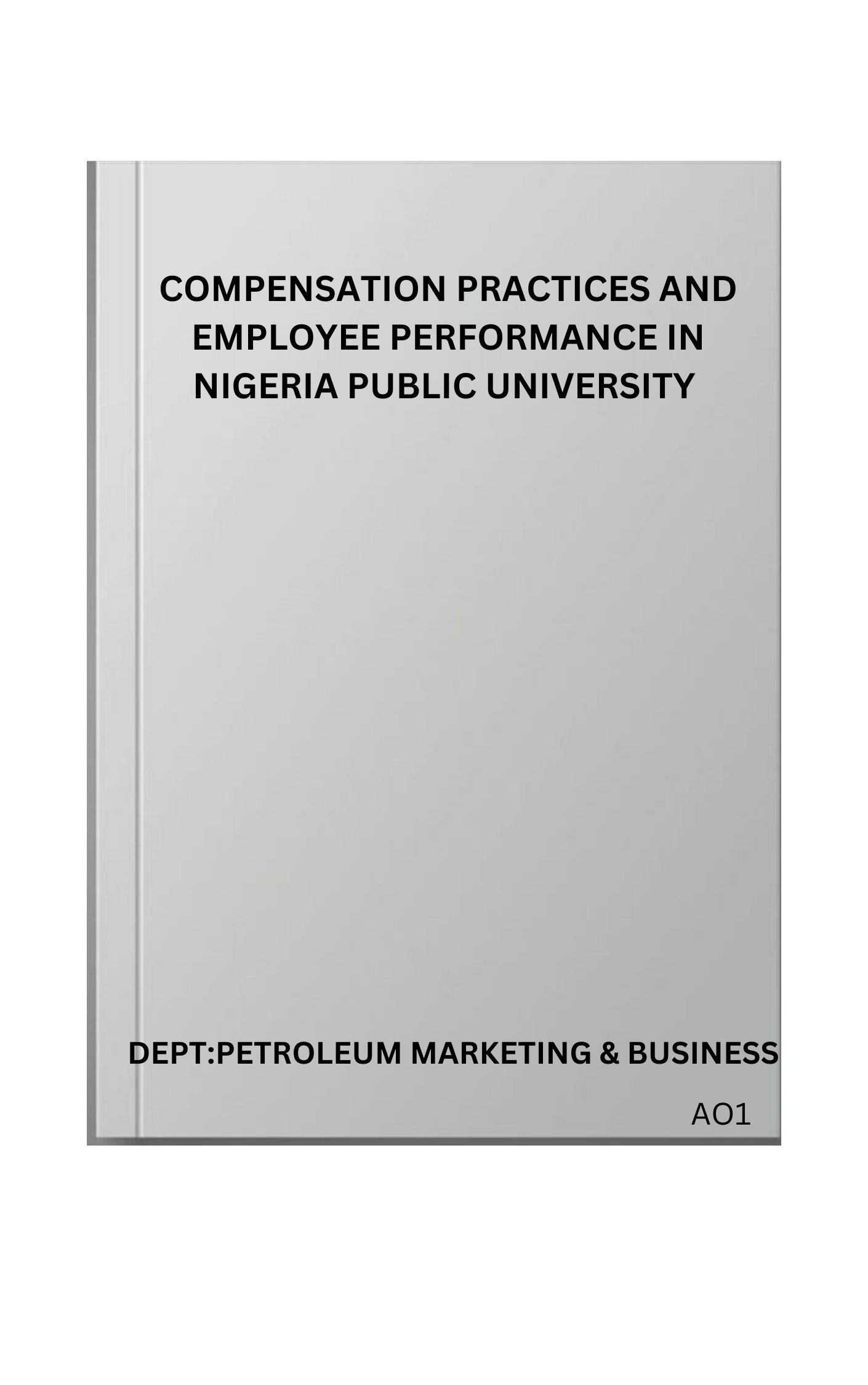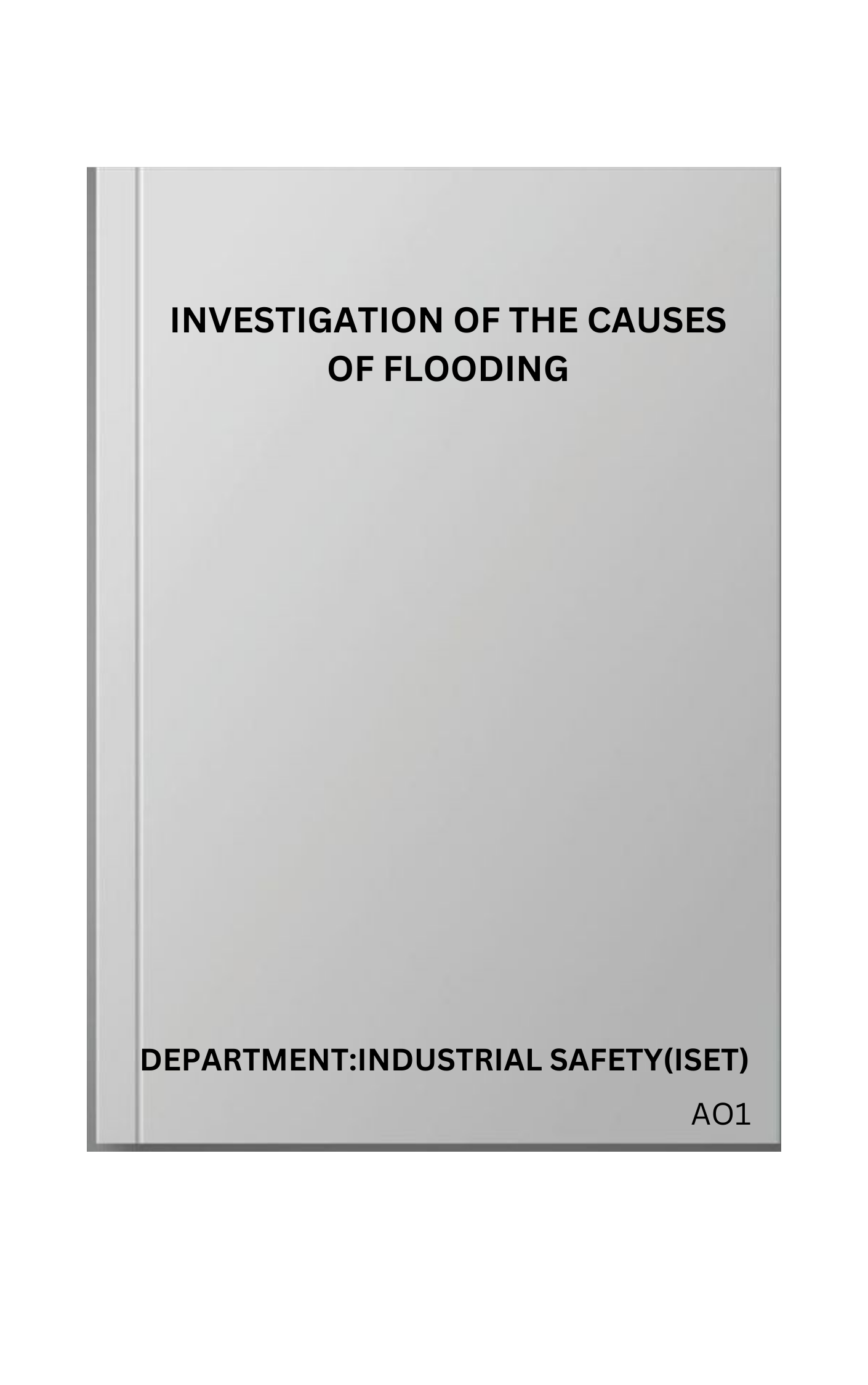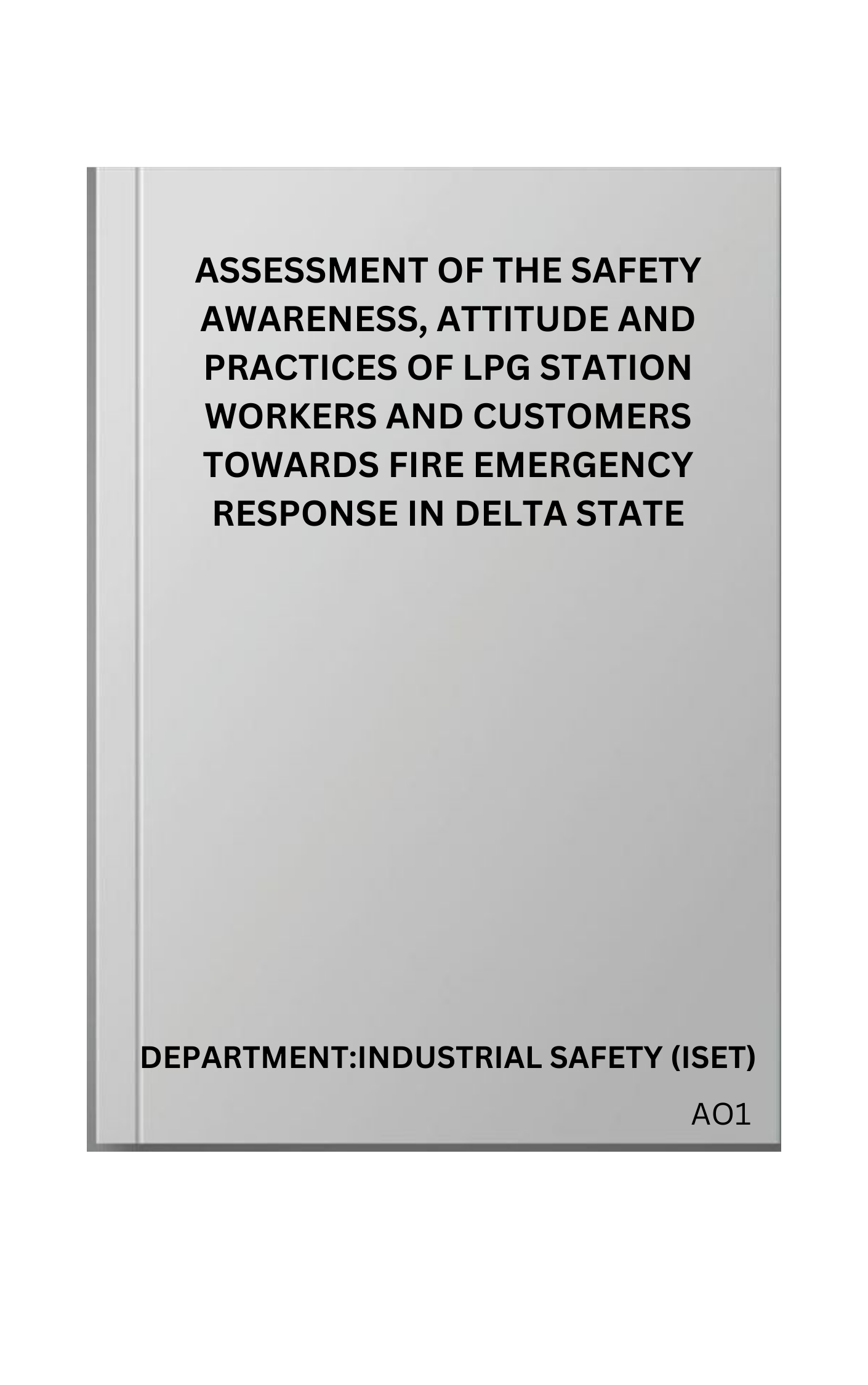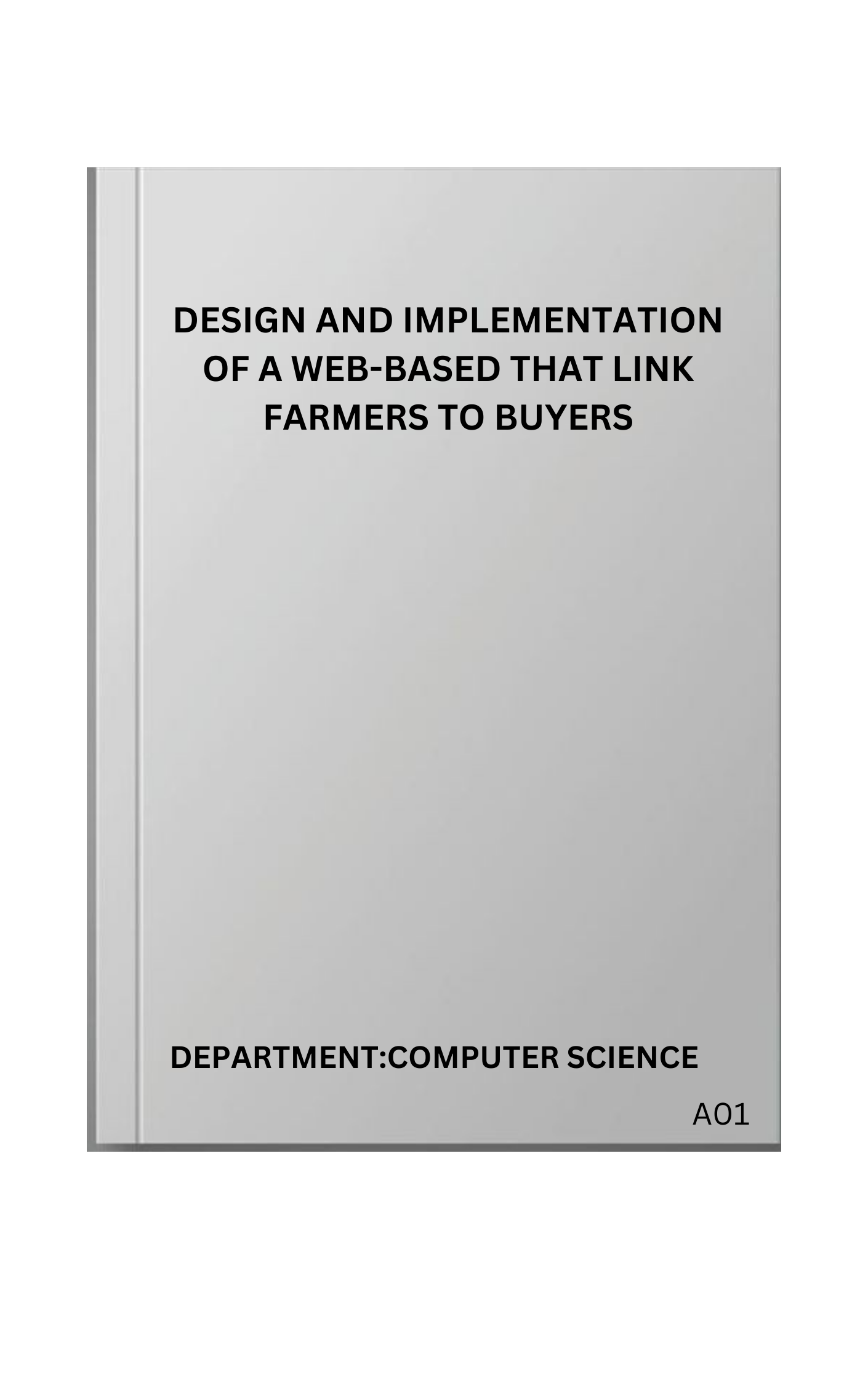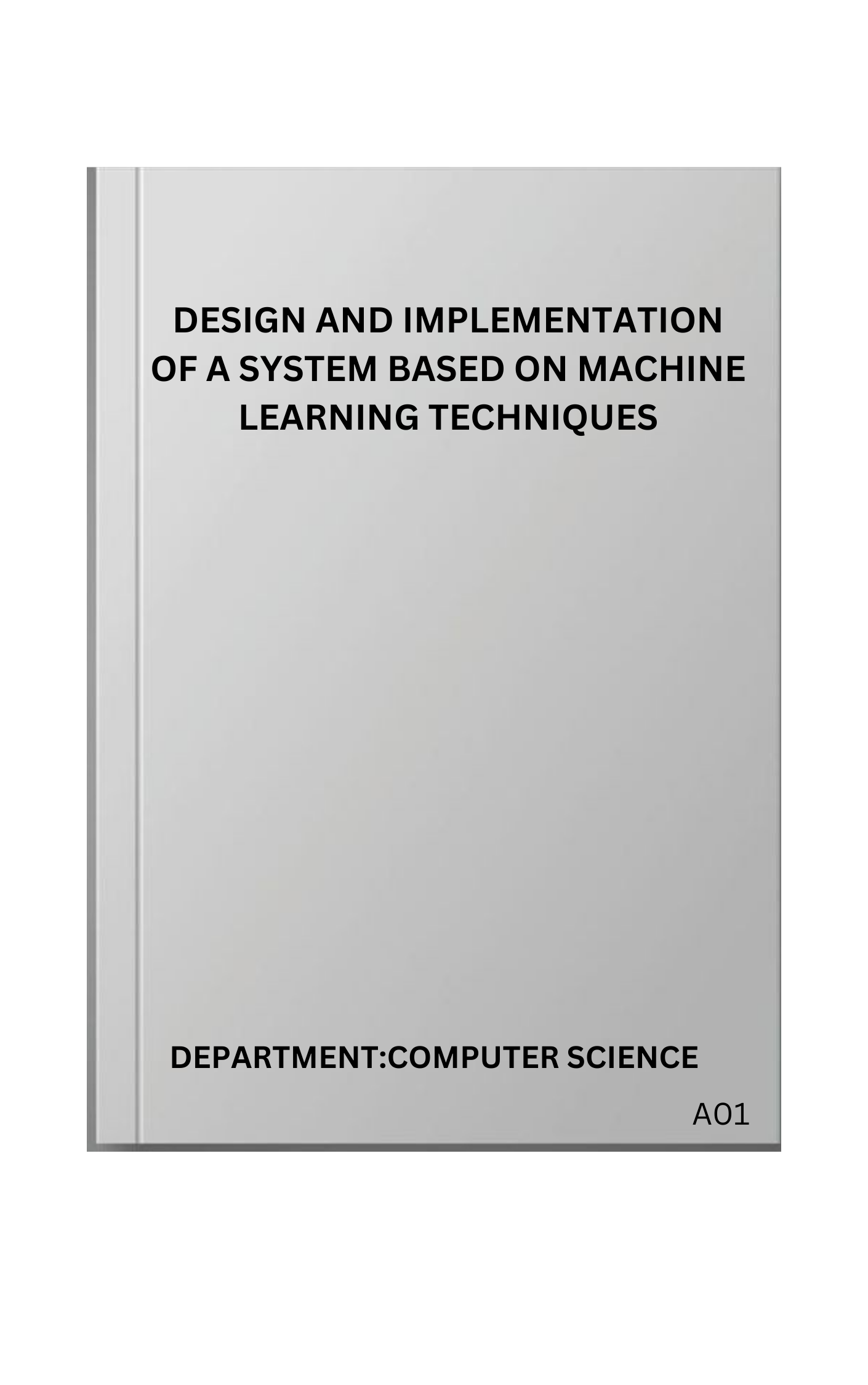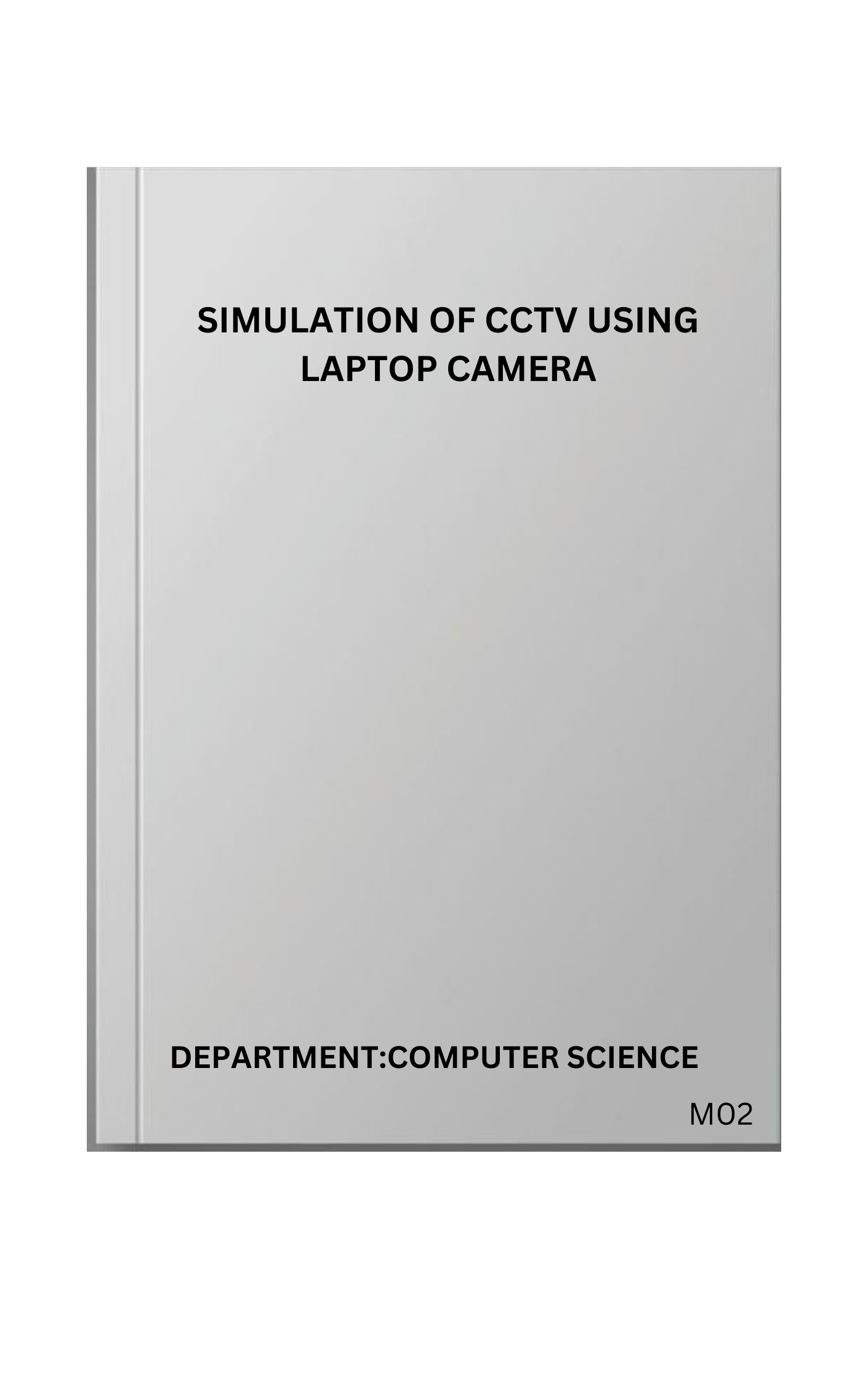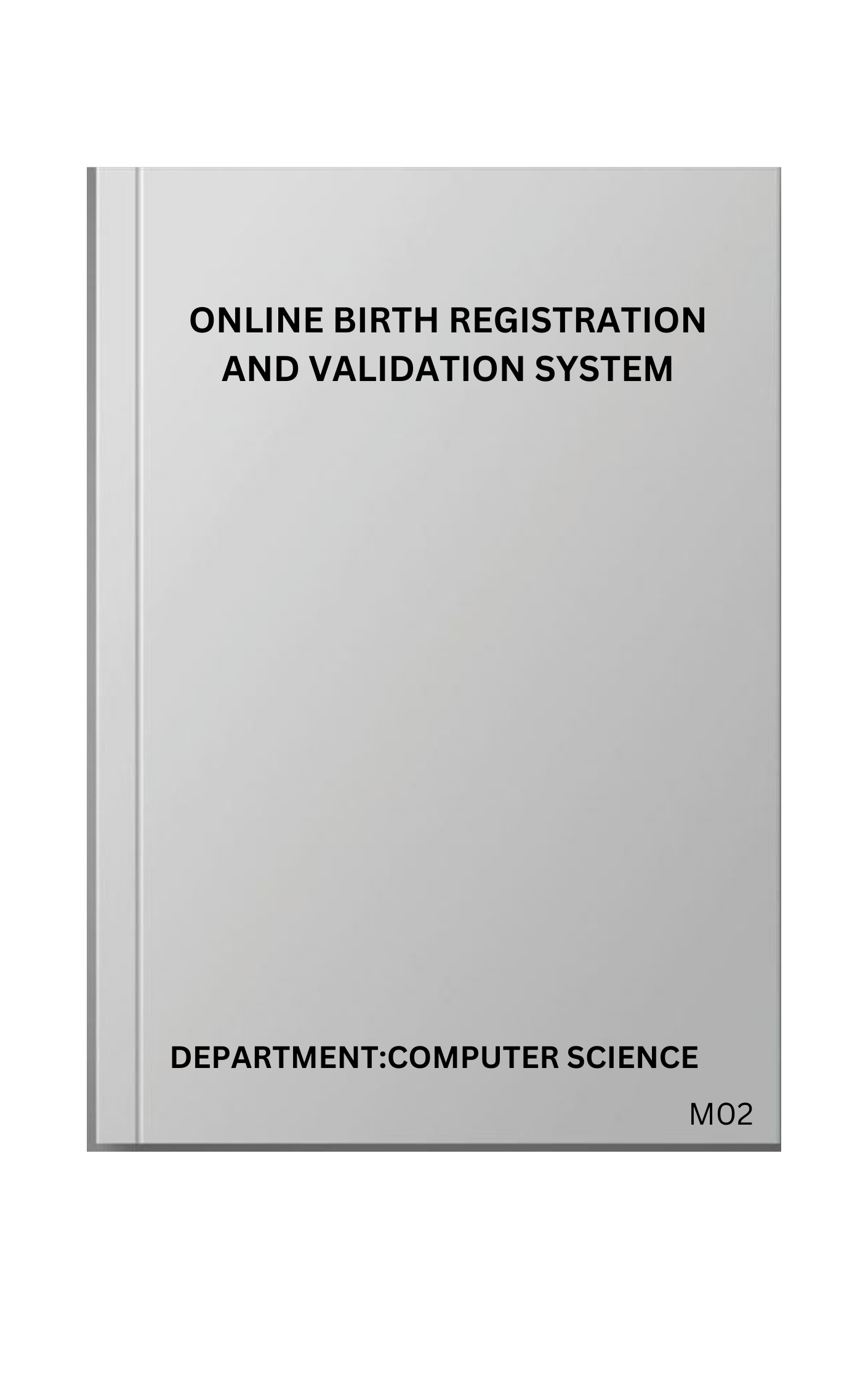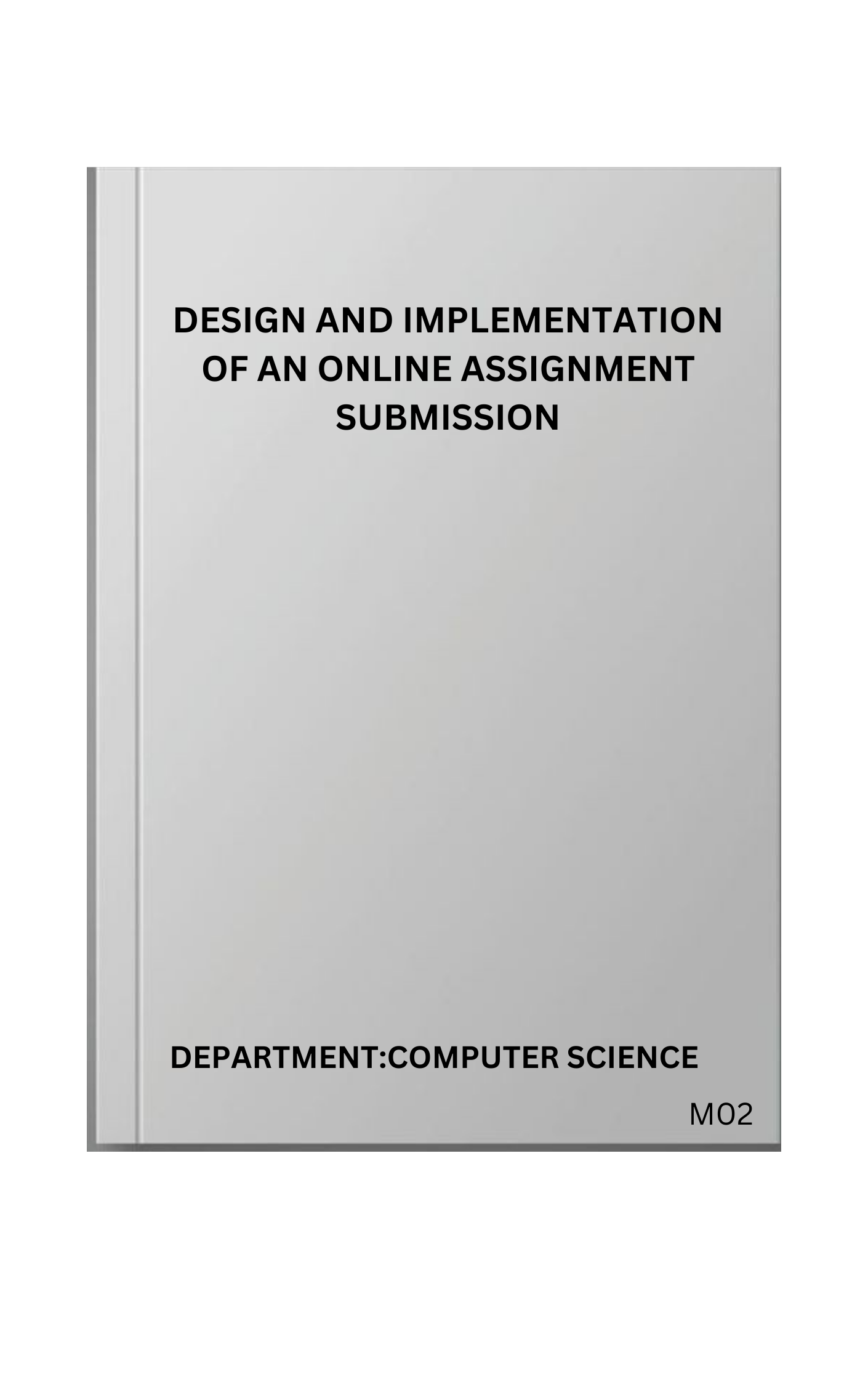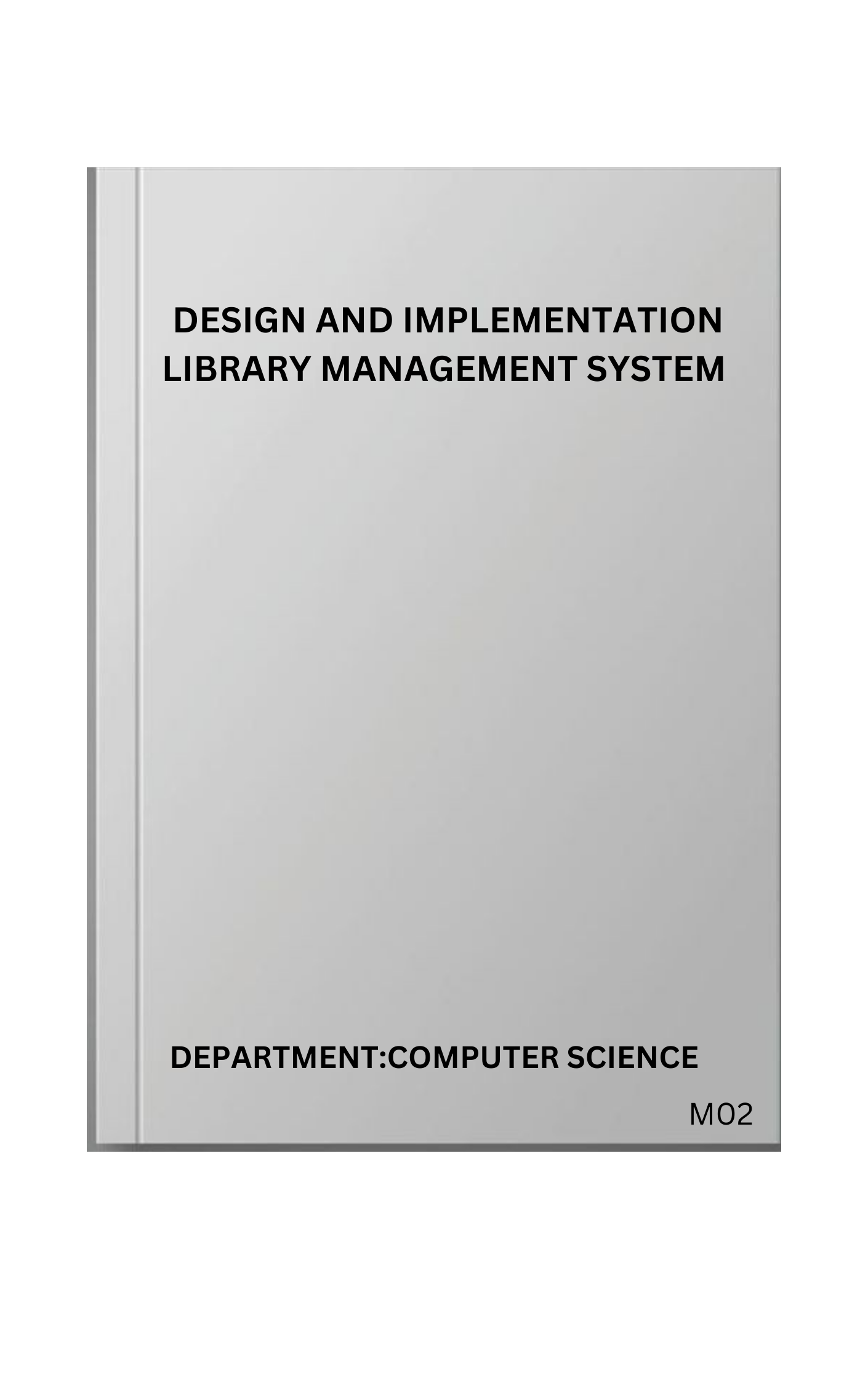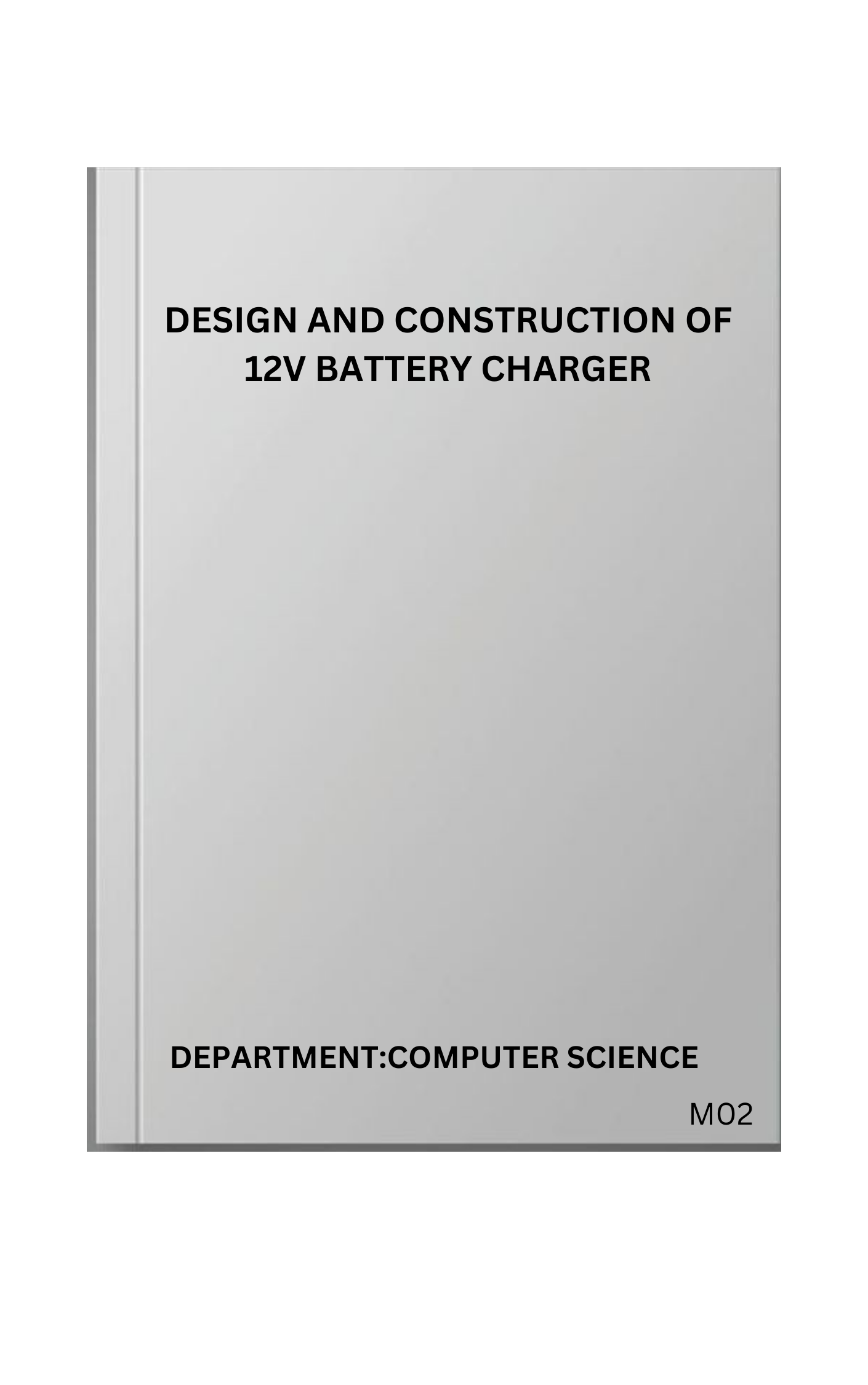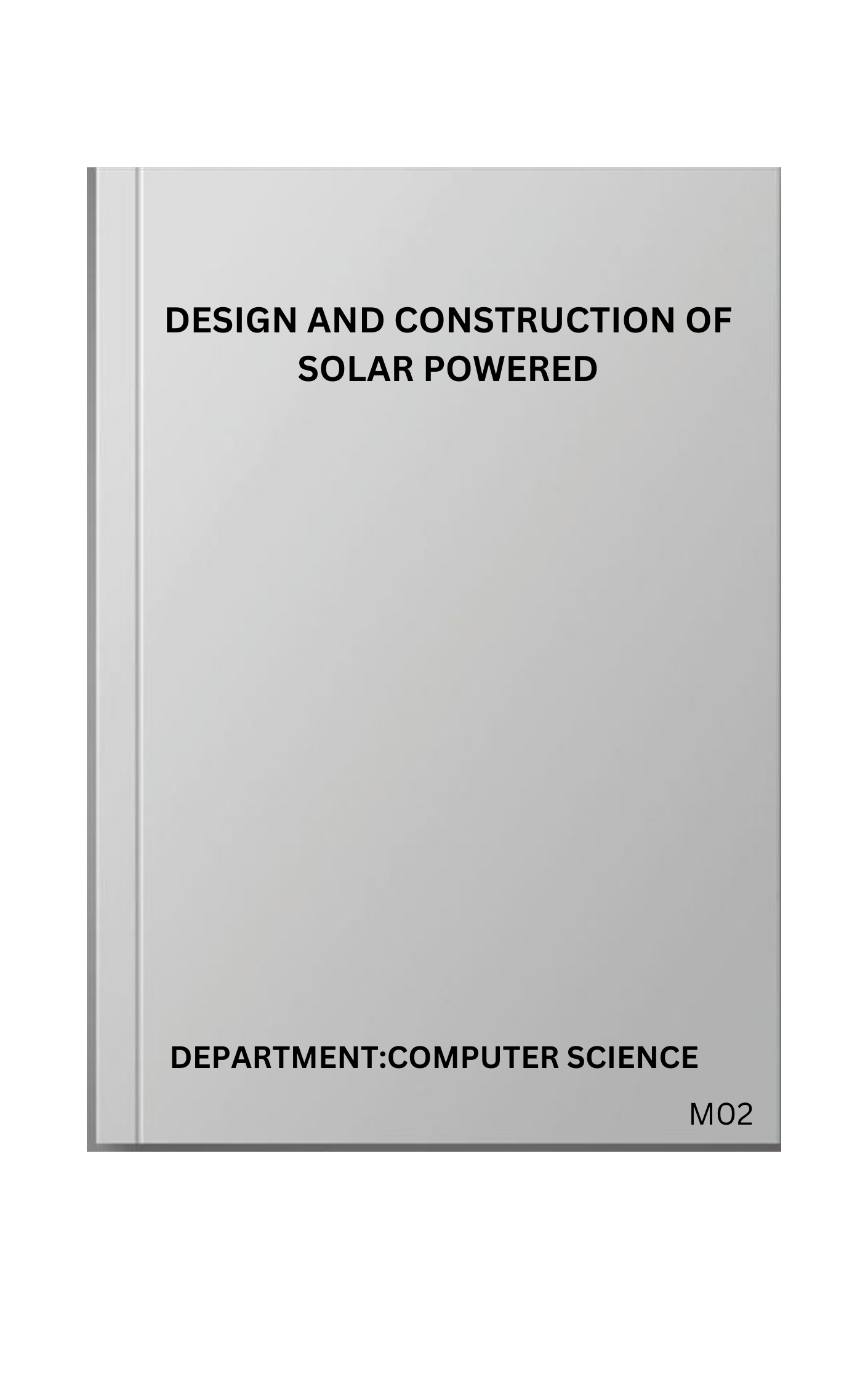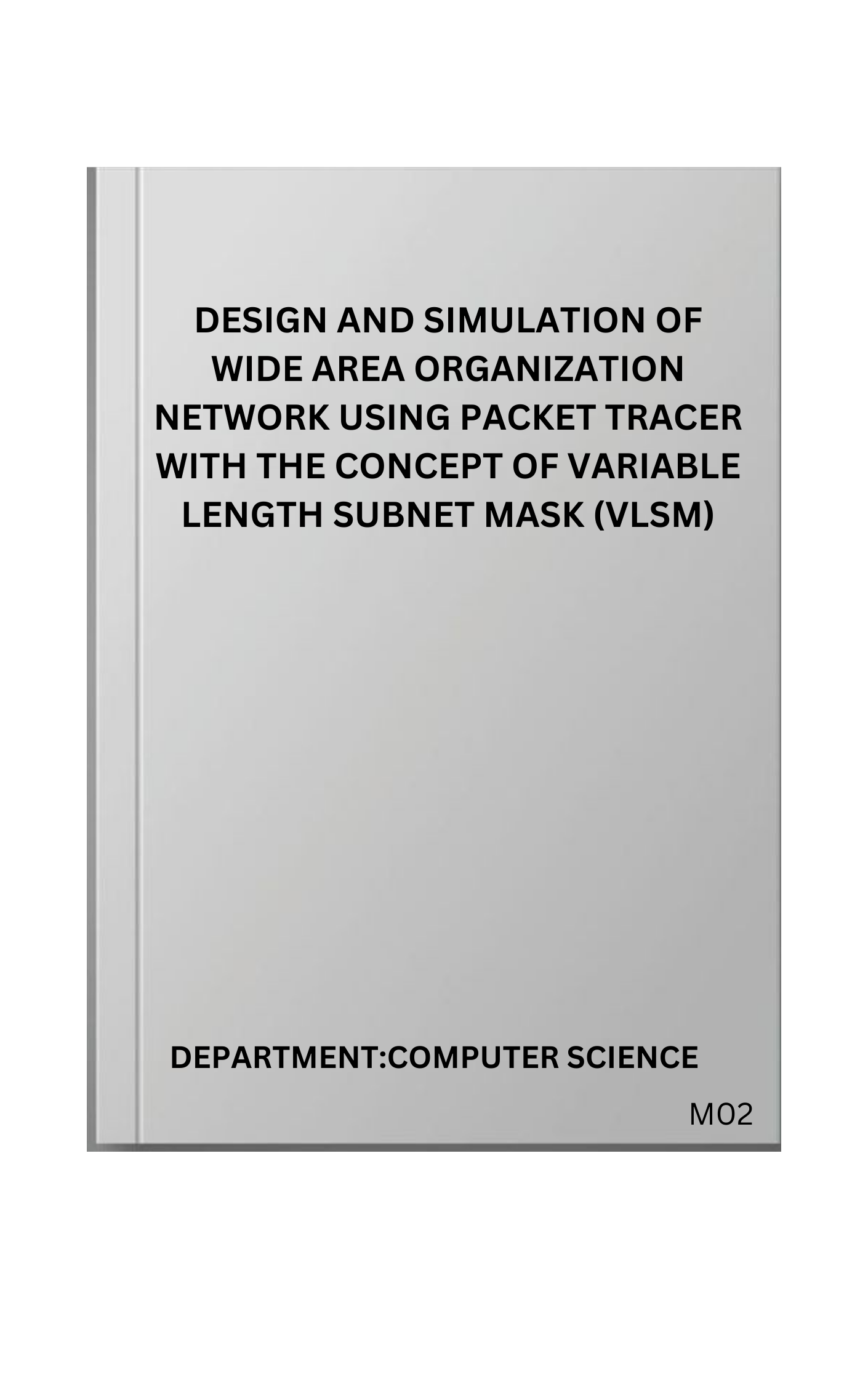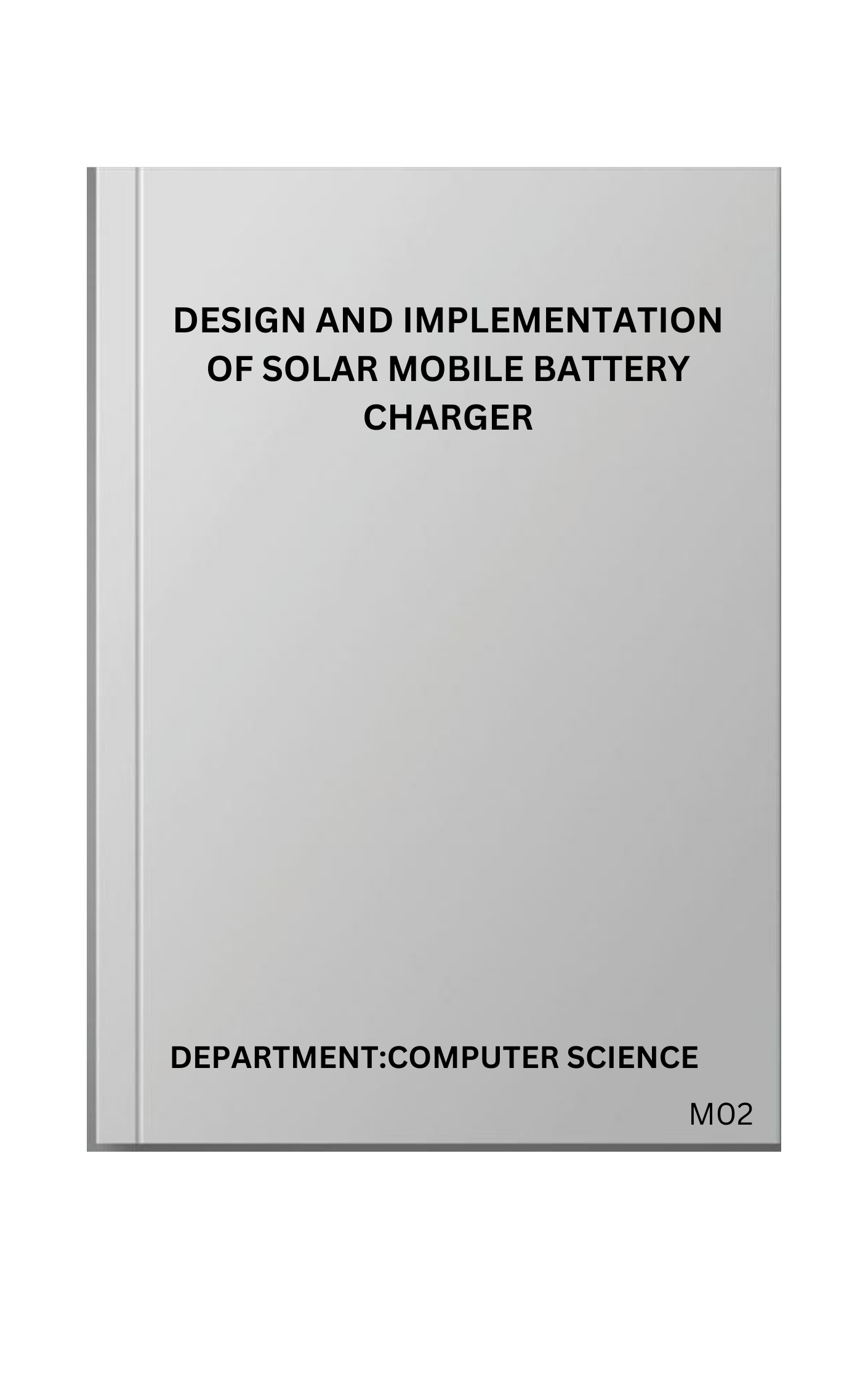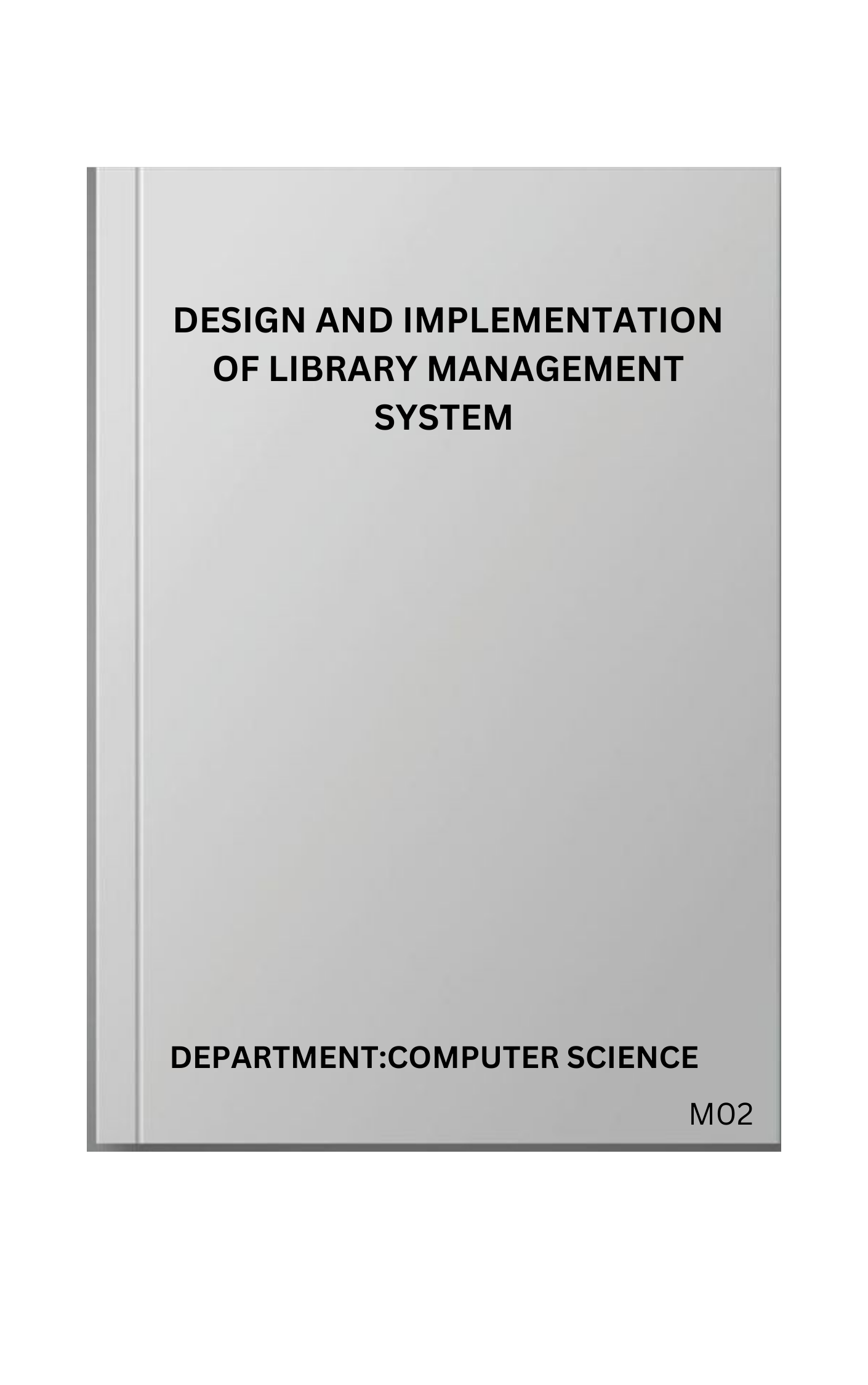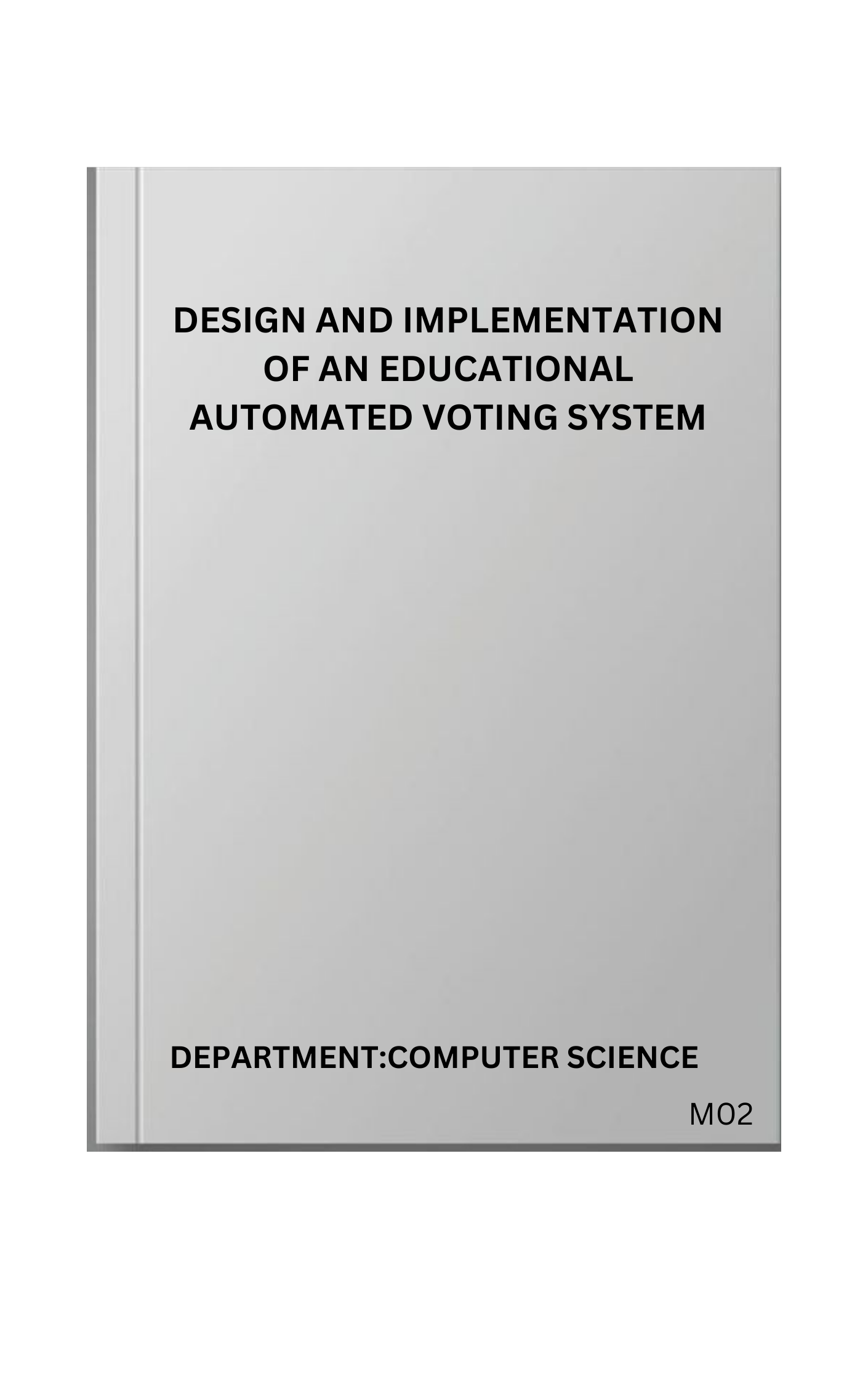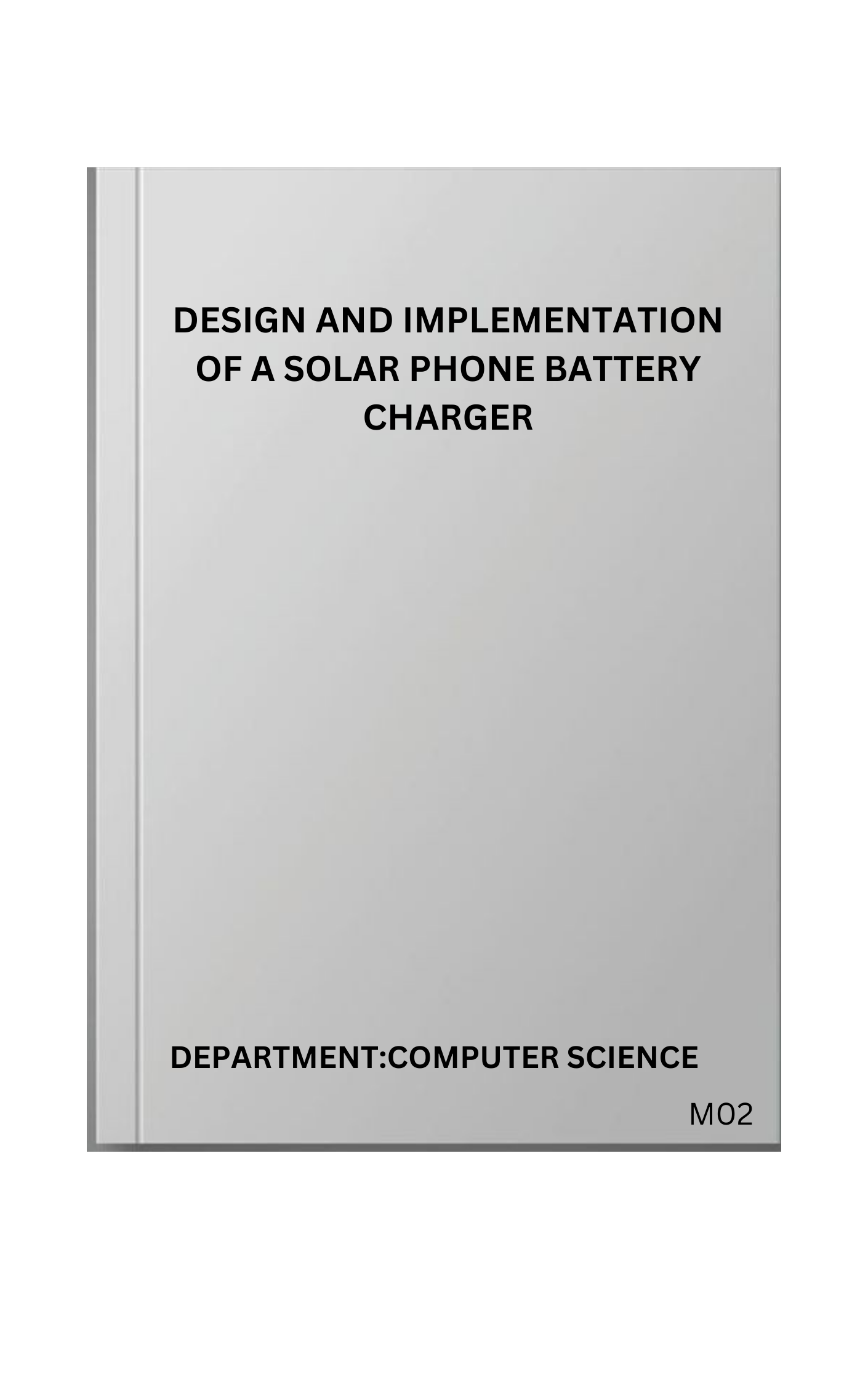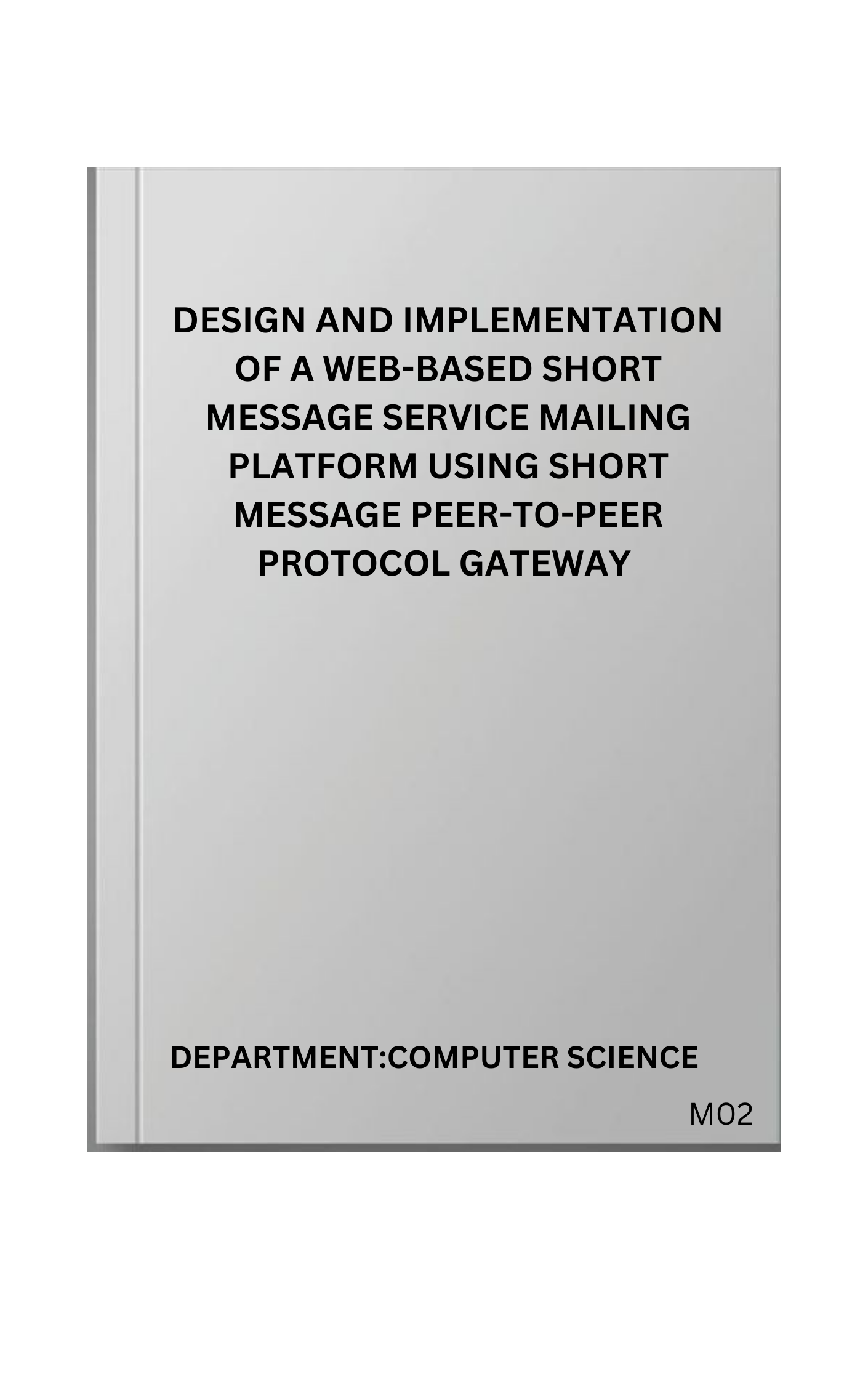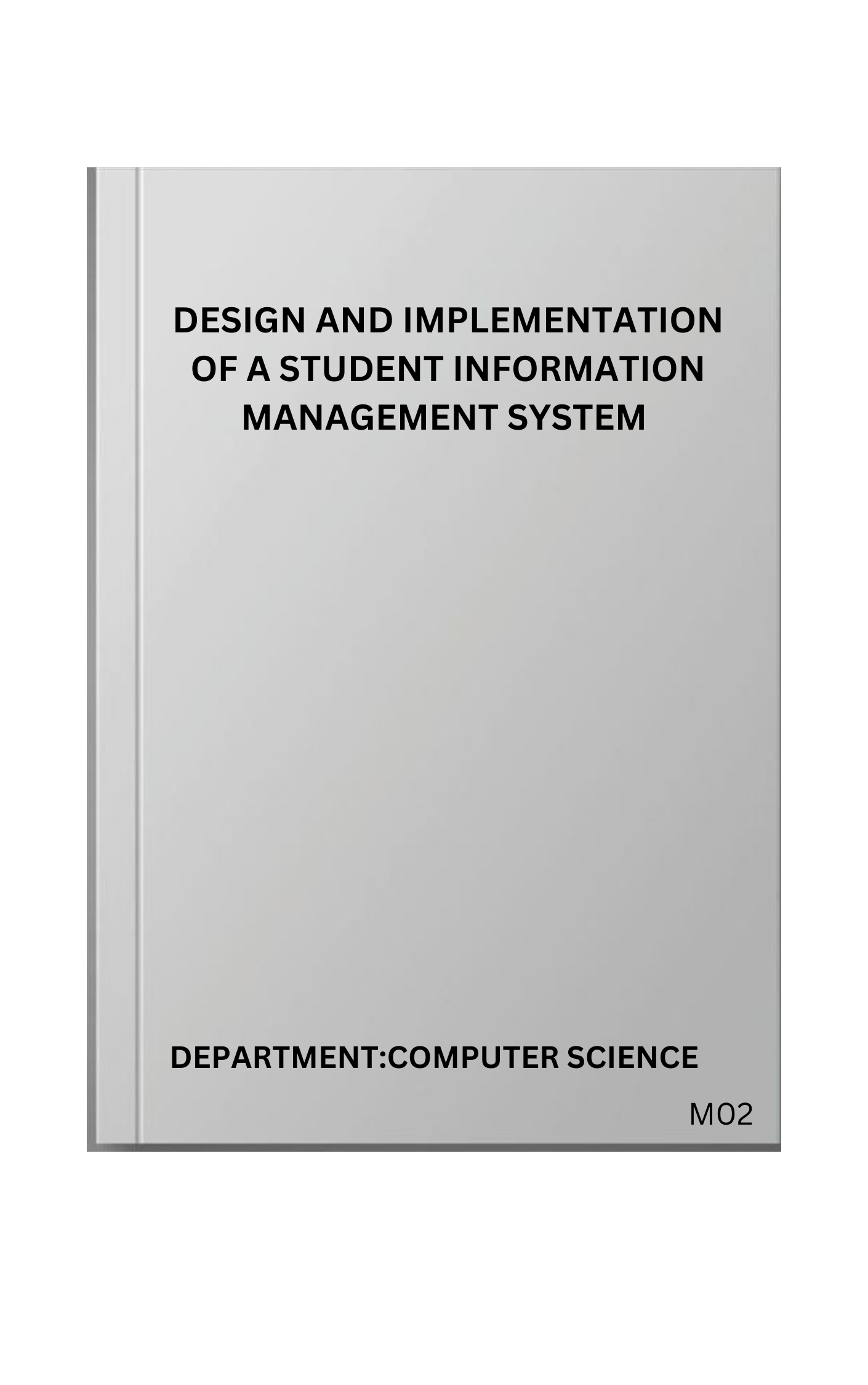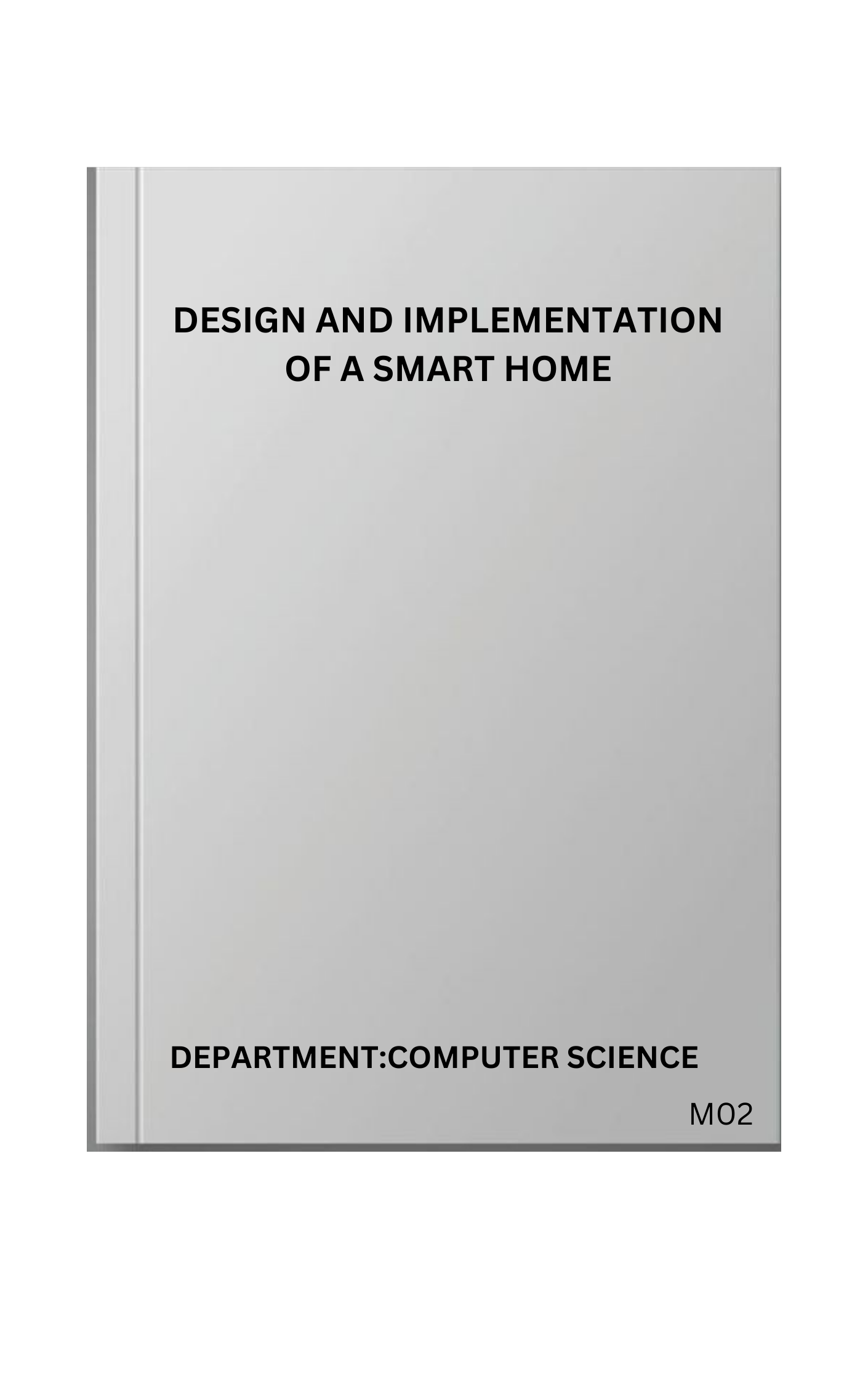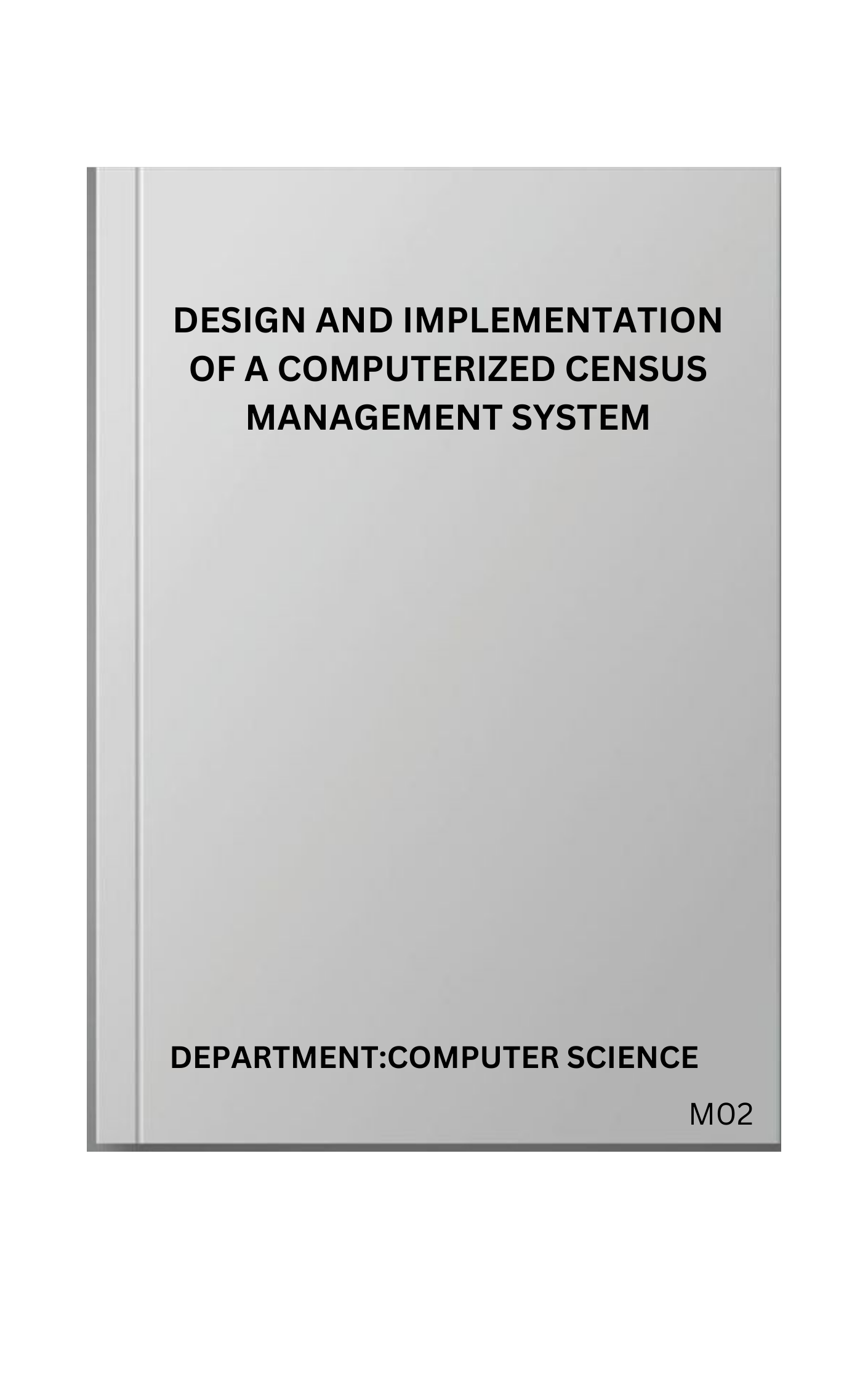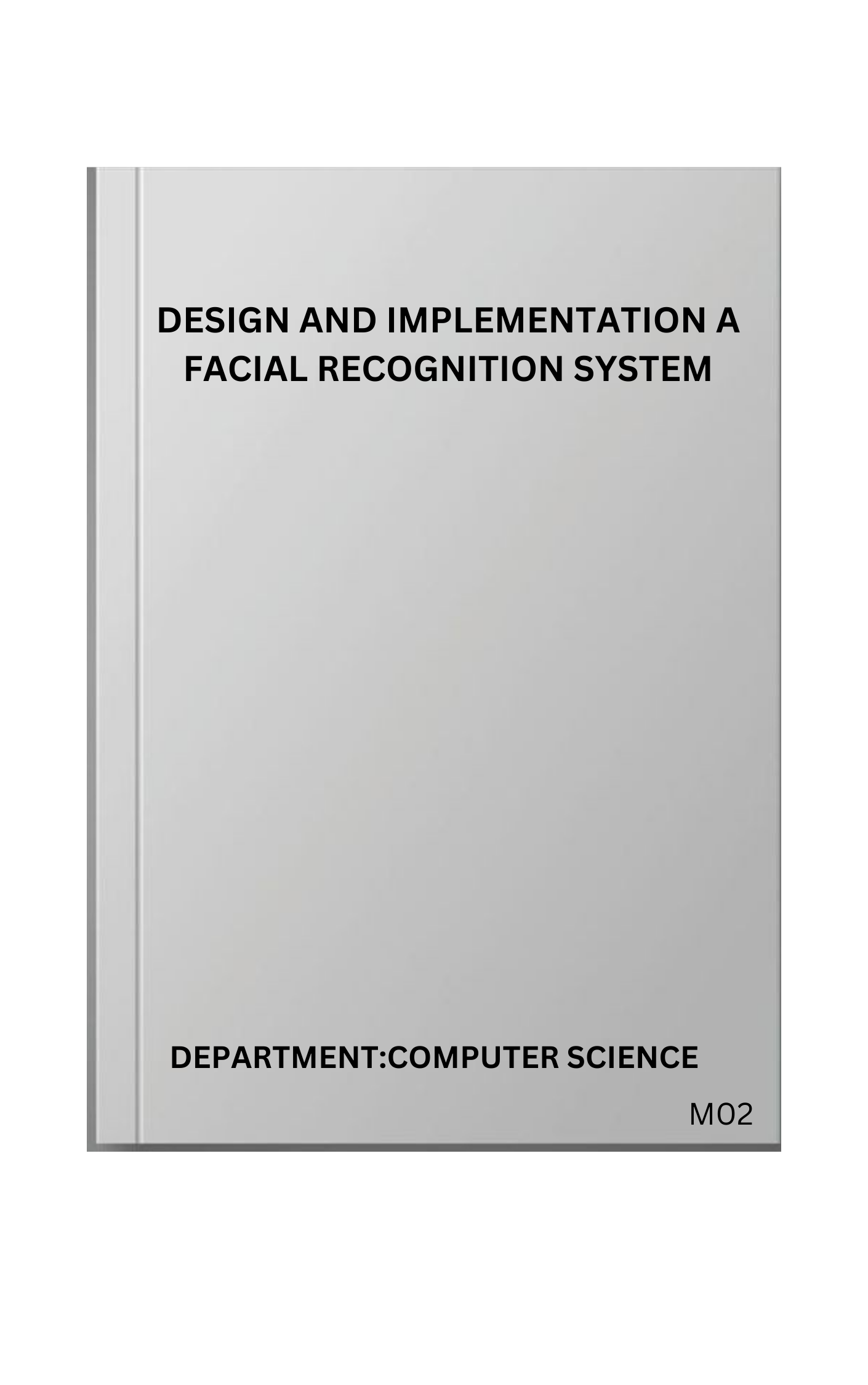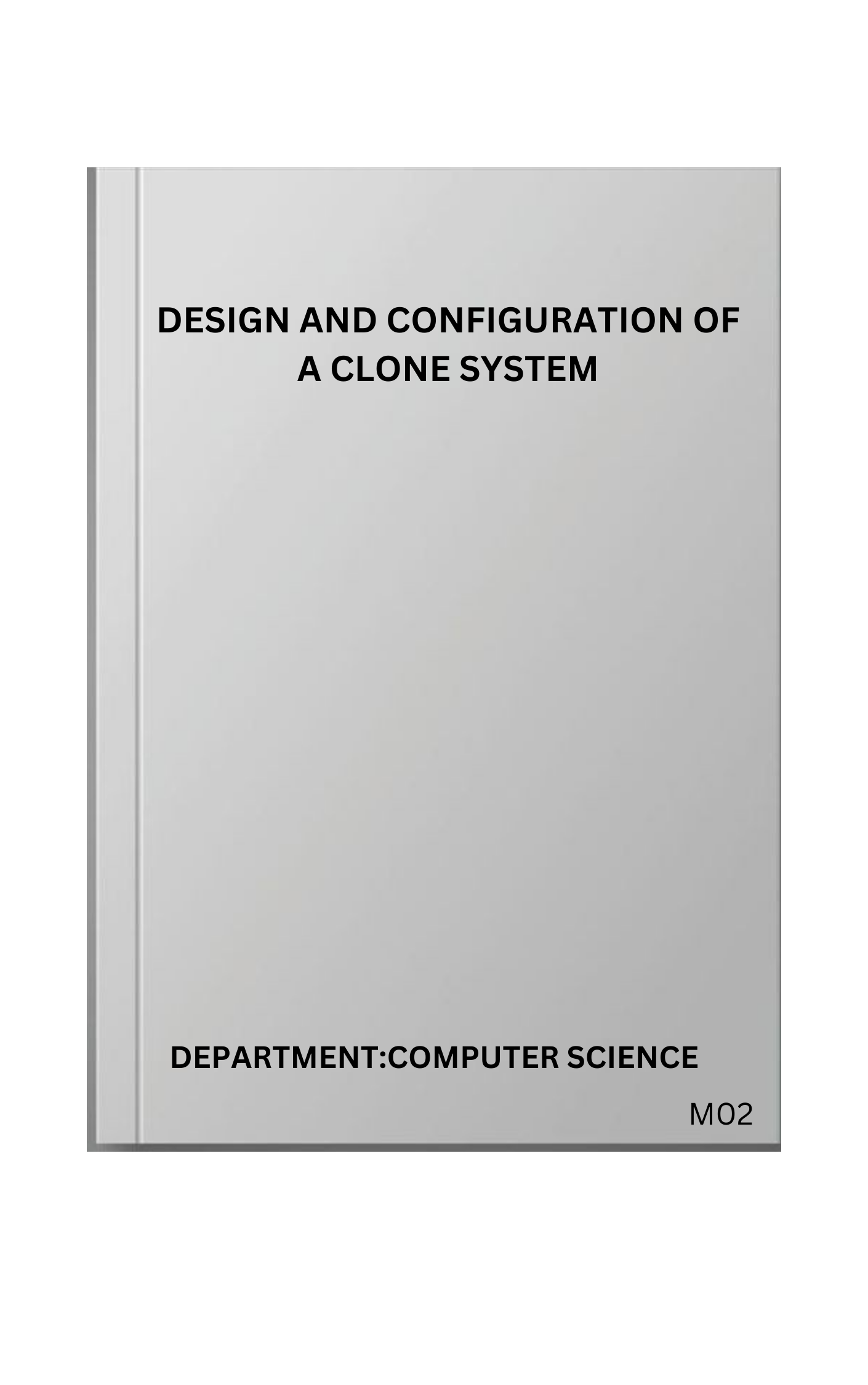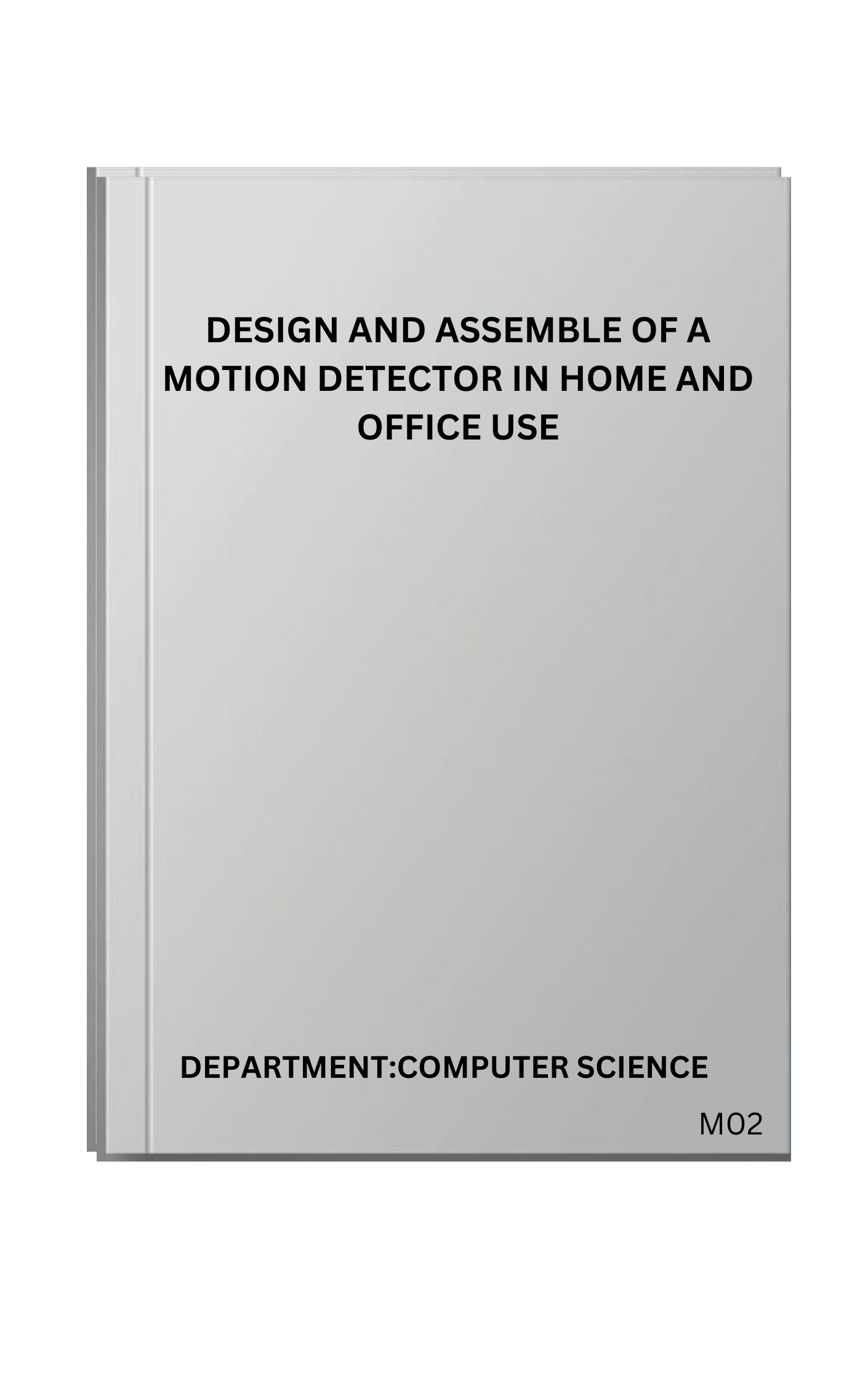CHAPTER ONE
INTRODUCTION
1.1Background Of Study
Workover operations are critical maintenance activities performed on oil and gas wells to restore or enhance production. These operations can involve a range of techniques and interventions, such as repairing or replacing damaged well components, removing blockages, and implementing enhanced oil recovery methods. The main objective is to extend the productive life of a well, improve its efficiency, and ultimately increase the extraction of hydrocarbons (Nelson & Park, 2022).
The significance of workover operations has grown with the maturation of many oil fields worldwide. As wells age, their production rates typically decline due to various factors, including reservoir pressure depletion, formation damage, and mechanical failures. Workover operations address these issues, enabling operators to maintain and even boost production levels from existing wells. This is particularly crucial in a market where maximizing the output from existing assets can significantly impact profitability and resource management (Jones et al., 2021).
Technological advancements have played a pivotal role in enhancing the efficiency and effectiveness of workover operations. Innovations such as coiled tubing, hydraulic fracturing, and advanced wellbore imaging have allowed for more precise and less invasive interventions. These technologies reduce downtime, lower operational risks, and improve the overall success rate of workovers. For example, the use of real-time data analytics and machine learning algorithms can optimize decision-making processes, leading to more targeted and efficient interventions (Smith & Gonzalez, 2023).
Economically, workover operations offer a cost-effective alternative to drilling new wells. They enable operators to leverage existing infrastructure and capitalize on remaining reserves, often at a fraction of the cost of new drilling projects. Environmentally, workovers can reduce the footprint of oil production by minimizing the need for new drilling sites, thereby decreasing land disturbance and associated ecological impacts (Carter et al., 2021).
Despite their benefits, workover operations come with challenges, including technical complexities, high costs, and the need for skilled personnel. Additionally, each well presents unique conditions that require tailored solutions, making standardized approaches less effective. However, the continuous evolution of technology and best practices presents opportunities for overcoming these challenges. Enhanced training programs, improved safety protocols, and more sophisticated monitoring tools are examples of ongoing developments aimed at improving workover efficiency (Anderson & Roberts, 2020).
Workover operations are essential for maximizing oil production from aging wells. Through a combination of technological innovation and strategic interventions, these operations can significantly extend the productive life of oil fields, ensuring a more efficient and sustainable extraction process. As the industry continues to evolve, the importance of workover operations is likely to grow, driven by the need for economic efficiency and environmental stewardship.
1.2 Aim and Objectives of the Study
1.2.1 Aim
The aim of this study is to evaluate the effectiveness of various workover operations in increasing oil production.
1.2.2 Objectives
The objectives include:
To analyze the cost effectiveness of workover in the selected case study.
To compare the economics of workover jobs to a new well drilling cost.
To identify the technological advancements that have improved workover operations.
1.3 Scope of the Study
This study will focus on workover operations in mature oil fields, primarily in regions with significant oil production histories. The scope includes a review of the latest technologies and techniques used in workovers, analysis of case studies from different oil fields, and a comparative evaluation of the cost and production outcomes of various workover methods. The study will not cover initial drilling operations or exploration activities, but rather concentrate on interventions in existing wells aimed at boosting production.
PAY TO GET COMPLETE PROJECT

